Sigma FP-L Mirrorless Camera Review
Dustin Abbott
March 25th, 2021
Most of us know Sigma as a lensmaker and nothing more, but Sigma has actually been developing somewhat quirky cameras for some time. Many of those were built around Sigma’s own SA mount or with a fixed lens and tended to be crop sensor cameras (APS-C or APS-H). They frequently had unique shapes well outside the mainstream of camera design. In 2020 Sigma released the Sigma FP, a 24MP compact full frame mirrorless built around a Leica L-mount. It should probably come as no surprise that in the latter part of 2019 Sigma had started to design a new lineup of DN lenses designed specifically for mirrorless and coming in both the very popular Sony FE (full frame e-mount) along with the Leica L mount. Clearly some partnership with Leica had been forged, and by building their new camera around the Leica L-mount, it allowed Sigma to not only leverage their new lens designs on two different platforms but also allowed them to produce lenses “for” their new camera(s) in a more popular mount that maximized their investment. A fringe benefit is that the FP was immediately compatible with a wide range of existing Leica L-mount lenses and Sigma didn’t have to build their own full catalog of lenses. 2021 brings the second camera in the FP line-up, the Sigma FP-L, the world’s most compact high resolution full frame camera with a massive 61 megapixels of resolution. That kind of resolution allows you to deeply crop an image like this:
…and get a still nicely resolved image like this:
This also helps explain Sigma’s recent fixation with developing small, light lenses that are still high performing (this has previously been Sigma’s strategy at all). Sigma’s most recent release was the compact wide aperture standard zoom – the Sigma 28-70mm F2.8 DG DN (my review here), a lens that makes a lot of sense on a camera like the FP-L. We’ve also seen Sigma dive into the compact prime market in the past year with the i-Series (24mm F3.5, 35mm F2, 45mm F2.8, and 65mm F2 lenses, all of which I’ve reviewed and you can find in this playlist). These lenses addressed the reality that most of Sigma’s recent lenses have largely been well, large, and as such were poor pairings for compact cameras. Certain people love Sigma’s large aperture ART series lenses and their highly corrected optical performance, but others find them unnecessarily large and heavy. Sigma’s focus recently seems to be on addressing the secondary market of those who want good optical and build quality but want smaller, more compact lenses to pair with smaller cameras like the Sony a7C, the Sigma FP or FP-L, and the Leica SL2-S.
The Sigma FP-L is the smallest and cheapest way (at the moment) to get such high resolution, but that comes with a major asterisk. At $2499 USD, it is cheaper than the Sony a7RIV (with similar resolution), and it is certainly smaller at a compact dimension of (W x H x D) 112.6 x 69.9 x 45.3mm (4.43 x 2.75 x 1.78″). This is identical to the dimensions of the FP, and the weight is quite similar as well, with the FP-L weighing 427g (15.1oz) vs 422g for the FP. Both bodies can share accessories because of their identical size, which becomes very important because of the discussion at hand. Sigma has designed the FP cameras to be modular in design, so the basic “brick” is designed to be as square and compact as possible. This means that a lot of basic features that you take for granted (a viewfinder, hot-shoe, or even a functional grip) are not built into the camera but are accessories. The hot shoe is an included accessory, but requires you to mount it to the side of the camera like this:
The grip and viewfinder options are separate purchases, however, and if you go with the new Sigma EVF-11, you are looking at an EXPENSIVE upgrade ($699 USD solo, or sold in kit with the FP-L for $2999). It requires a rather delicate process of removing the cover from some ports and then bending another cover back while simultaneously lining up male mini-HDMI, communication socket, and USB-C attachments on the EVF-11 into their female counterparts on the camera and then securing it with a tightening wheel on the front. I’m a little concerned that there is room for damage to components if you don’t get that process right. After attaching everything, here’s what the viewfinder looks like:
The EVF-11 can be adjusted up or down for different viewing angles, and sports a fairly good 3.68 million dot resolution and 0.83x magnification, though the refresh rate of 60fps is only so-so. This isn’t really an action camera, though, so it is probably sufficient. There’s an alternate loupe-style viewfinder (LVF-11) that goes over the LCD screen and provides some magnification of the rear LCD along with shading, but it radically changes the compact nature of the camera (it is more than double the natural depth of the camera). The modular design of the camera only then makes sense if you either want no accessories (want to go as compact as possible) or want to build around the camera in a video rig, because for ordinary use you’ll end up with a larger, more expensive camera than the Sony a7RIV once you add either viewfinder and a grip…and you still won’t have a hotshoe all the time as it is either/or rather than both when it comes to mounting the two accessories. It’s an unconventional approach, to say the least, and while it will suit a couple of small demographics just fine, it won’t make a lot of sense to the masses, I suspect. Maybe Sigma is okay with that…
And that sets the stage for what will be a fairly complicated review, as I have a list of personal dislikes nearly as long as my list of likes. I’ll do my best to handle this review with nuance, but the Sigma FP-L can be a rather hard camera to pin down and categorize. You can read on or watch my long format definitive or standard video reviews below…
Follow Me @ Patreon | My Newsletter | Instagram | Facebook | DA Merchandise | Flickr | 500px
Thanks to Sigma Canada for providing me loaners of the FP-L and lens used for this review.
Sigma FP-L Build, Design and Handling
The Sigma FP-L is uniquely Sigma; it doesn’t feel like a clone of any other camera that I’ve used. There are elements of this that are refreshing, while in other places being different just means being less functional. The physical shell of the camera is a sturdy die-cast aluminum alloy Sigma says was chosen for its superior robustness and thermal conductivity. It feels tough and well made.
You’ll note from the photo above that the front of the camera has literally no grip at all. It doesn’t even extend the textured rubber finish to the front. The only concession to grip is a slightly raised thumb rest in the back:
It mostly feels like I am just pinching the camera rather than it molding to my hand. The last camera I used like this was the original Canon EOS M. If you are sticking with small, light lenses, it will probably be okay, but add on heavier lenses and you are going to miss having a real grip.
Another positive that I like is that Sigma has recognized that a fundamental flaw in many modern compact mirrorless cameras has been heat dissipation. Capturing and processing high definition video generates a lot of heat, and some recent Canon and Sony cameras have received a lot of public criticism over their overheating issues. Sigma has addressed this by building heat sinks into the design on all four sides.
This is part of what allows the FP-L to record up to two hours of uninterrupted 4K video internally (no 29:59 limit!!) and even longer if recording to an external SSD. That’s a smart move by Sigma, and, while I have some weather sealing concerns over any camera with open heat sinks, Sigma claims, “…sealing on 42 points for a dust- and splash-proof structure, making it a perfect camera to use for long hours under all types of environments.”
What has probably been sacrificed for the heat sinks (due to their location) is any kind of tilting or articulating on the rear LCD screen. It is fixed 3.15 inch LCD with 2.1 million dot resolution and a 3:2 ratio. This is normally where I’d show you the different angles the screen can move to, but there’s nothing to show here.
I was quickly reminded of how dependent I have become on owning only cameras with either tilting or articulating LCDs. I found the fixed screen limiting in a number of applications, from doing tripod tests of my test charts (usually done at roughly waist height) or when filming on a gimbal. The screen has limited touch capacity, with the ability to touch to focus and to move focus points around, but no navigation of menus (full or quick menu). There’s more input lag than what you’ll find on a Canon camera (best) and even some of the better Sony cameras.
That’s a shame, as I really like the look of the menus. They have a great font and a very clean look. The Q menu in particular looks tailor-made for touch:
Navigation is done via the directional pad/wheel on the back of the camera, and menu changes are made by either the front or rear wheels, with the center button serving as the OK button. Sigma has utilized the increasingly popular two-tier approach to menus where the menus are divided between Cine and Stills, so if you select Cine with the switch on the top plate of the camera you will be presented with a unique menu tailored for video use:
The feel of the buttons and wheels feel pretty good with decent ergonomic placement, though I do miss have a dedicated dial for exposure compensation. One ergonomic fail is that with the EV-F attached there is no quick, logical way to access the power button, as it is located to the far left of the top plate, and suddenly the EV-F is towering near that space, making it nearly impossible to get at with your left thumb (the logical digit to use the power switch).
A uniquely Sigma feature is the row of buttons along the bottom portion of the back of the camera. It’s a clean design, and the choice of buttons shows the importance Sigma places on being to able to control color and tone curve in either video or stills applications. You have a lot of control over the output of the camera, from color to contrast. The Tone and Color buttons provide direct access to these menu functions.
The left side of the camera holds the ports, two of which are covered with port covers that lift but cannot be removed and the middle port cover that must be removed to attach the side accessories. There is a place to store this rubber cover in either the hotshoe or EVF attachements, though there is probably a pretty good likelihood that some people are going to lose this cover…
I don’t suppose that I need to tell you that losing the port cover will not help the weather sealing of the camera! I suspect that having one of the attachments in place will also limit weather sealing, as there is no evidence of seals on them.
There are four connection points on the left side, which include a mic input on the bottom, a micro-HDMI and communication pins in the middle compartment, and the USB-C connection on the top. The camera can be charged via USB (no fancy power-send requirements), and it can be externally powered to further help its ability to do long format recording. One important inclusion on the FP-L is its ability to be a plug-and-play webcam through the USB-C port. The pandemic of 2020 and 2021 has made this a more important feature than ever before.
You’ll note that what is missing is a headphone monitoring jack, though the EVF-11 does have one on it. It also has a dedicated USB-C port designed specifically for recording externally to an SSD. This recording arrangement is required to access the 30 FPS mode in the higher bitrate CinemaDNG 12 bit format. Internal recording to the SD card will only allow you up to 25 FPS in CinemaDNG at a lower 8 bit, though you can access 4K30 internally by choosing the .MOV format instead. FullHD recording can be done up to 120FPS for slow motion capture.
The SD card location is in my least favorite spot – the bottom of the camera in the battery compartment. This is the least convenient way to quickly access the card if you are working on a tripod or gimbal, though fortunately the bottom plate design is slightly better than most cameras with this arrangement, allow me to fit a standard size QR plate vertically or a smaller Peak Design plate that I add to cameras and still open the bottom compartment. I add something to make cameras Arca-compatible so I can throw them quickly on a tripod. I can’t quite open the battery door with the QR plate mounted horizontally, though. The battery pack is Sigma’s BP-51, a 1200 mAh battery. It is rated for about 240 shots, and that doesn’t seem to be far off. You’ll probably want to buy a second Sigma BP-51 to make sure you don’t run out of power for an extended shoot.
The single SD slot is UHS-II compatible, though that proves not enough to give us much buffer depth. The FP-L can shoot up to 10FPS, but the RAW buffer depth is only 12 frames before that speed drops. Surprisingly the JPEG rating isn’t much better at just 14 frames. That obviously limits the potential of the camera as an action camera, though any camera that you primarily shoot with solely via a rear LCD is never going to be an action camera.
The Sigma FP-L is built around an electronic shutter, and there is no mechanical shutter. The primary liabilities of that will be banding under certain kinds of lighting (any lighting that cycles frequencies) and a serious limitation for strobing. Flash sync speed is rated at 1/15th second. That’s a figure so low that I had to verify with Sigma, as I struggle to see how that figure is even usable. I don’t often find strobes enough to deal with all camera/subject shake at 1/15th second…particularly with a high resolution sensor like this one. If you are a portrait photographer, you are probably going to need to stick to natural light or fixed lights and just avoid the hotshoe altogether (which might be why they never bothered to integrate it into the camera design).
There’s another serious omission on a high resolution camera that is also marketed as a “run and gun” video option; there is no IBIS (In Body Image Stabilization). This problem is exacerbated by the fact that out of the ten DN lenses that Sigma has released in a Leica L mount in the past two years, only one of them has a built in OS (optical stabilizer), and that’s the 100-400mm F5-6.3 OS DN. You aren’t getting stabilization either from the lenses or the camera, which means that to get stable video footage you will have to mount the camera on either a tripod or a gimbal…which really diminishes its versatility as a compact “go anywhere” camera. That’s a serious liability, and I was reminded of how unsteady handheld video footage is when you have no optical stabilizer helping out. The footage is near unusable…and I’m fairly steady! 61MP of resolution for stills will also seriously benefit from stabilization, too, as any motion blur occupies more pixels and becomes much more obvious. The FP-L will show more motion blur in identical conditions than the lower resolution FP would.
It seems to me that developing IBIS is a hugely important next step for Sigma if they are serious about the FP lineup as a “pocketable” option.
One other thing that I really like here is that Sigma utilizes the high amount of resolution to allow you to employ lossless zooming in video. Even in 4K, you can do a lossless zoom up to 2.5 times, and up to 5x in FullHD. What I also like is that you can do the same when recording stills (even RAWs). Choices include 9.5K (full resolution), 6.2K, 4.8K, UHD, and FHD, each with an accompanying amount of crop. It’s the same for JPEG, which is not unusual, but to have those options in RAW is much more unusual. You can actually pinch on the LCD to zoom – a cool feature that shows me that screen is capable of more touch gestures than what it is currently being used for.
As stated in the introduction, the FP-L is a contradictory mix of things that I like and things that I don’t. This modular design is going to be attractive to some potential users while leaving many others scratching their heads and wondering who would ever choose this camera over a Sony a7RIV (which has a near identical price tag once you bundle the EVF in with the FP-L).
Sigma FP-L Autofocus Performance
The Sigma FP-L upgrades the FP’s 49 contrast point AF to the more modern hybrid system of phase detect autofocus supplemented by contrast AF. There are still 49 AF points, but those offer more speed and precision. You can see that the focus point coverage is about roughly 80% of the frame.
I’ll preface my observations by noting that I was using a preproduction model of the camera prior to its announcement, so there might (hopefully!) be some further improvement to AF in the final retail firmware. Autofocus was the area most criticized in the original FP, and it remains my least favorite aspect of the camera’s performance. You can use the rear wheel to cycle through the number of active points, from all points down to a single point, though I don’t find even that quite precise enough. You’ll note from the photo above that the AF point selection on screen has rectangles rather than small squares, and in practical use I found this shape less precise. It wasn’t hard to hit an overlap between two different layers of focus, and the wider focus point meant that I couldn’t always center the focus point where I wanted.
I also found that I couldn’t always trust my preferred method of focus. My ordinary case use is to have all points active and the let the camera’s AI first select the focus area while utilizing continuous autofocus. In most modern cameras the camera’s AI gets the right focus point at least 90% of the time, and I just override with a thumb on the touchscreen if I need to move the AF point elsewhere. I found in some situations that the FP-L’s focus wouldn’t settle on a focus area with all points active, and sometimes I would end up with an image where nothing was quite in focus.
I found that I ended up going to the smaller focus selection and just moving it around where I wanted, and this produced more reliable results.
I found a similar problem when using Eye AF (works for people and not for animals). If there was more than one person in the frame, the Eye AF dot (it produces a smaller box than what you can select on screen) kept jumping around from person to person constantly and wouldn’t settle. In this shot, for example, it ended up not being properly focused on either subject.
I found that I got more reliable focus by overriding Eye AF and just putting a focus point where I wanted.
Even with that technique, however, focus wasn’t always perfect. In this shot, for example, I feel like focus is a bit backfocused, and I shot several photos in the sequence without any of them being “nailed”.
That lack of settling also impacted video AF focus (check out either of the video reviews to see this in action). I found that focus did not do a good job of tracking me as I approached the camera at a slow walk, and, when sitting and shooting a static scene, focus kept micropulsing and adjusting rather than just settling on my face and gradually tracking minor movements. I also found that during focus pulls in my standard test that I got some defocusing in the wrong direction and that lack of settling on the final subject…even if it was big and high contrast.
There’s a general lack of sophistication in the focus system that will hopefully be improved via firmware, but I think even in the raw specifications of the camera that it probably running behind most of its competitors. The Sony a7RIV, for example, has 567 phase detect points. Autofocus continues to be a weak point for the system compared to the competition.
Sigma FP-L Sensor Performance
The Sigma FP-L sports one of the highest resolutions currently available in a 35mm/full frame camera. The native resolution of the 61MP Bayer sensor is 9602 x 6498, which is actually slightly higher than the 9504 x 6336 resolution of the Sony a7RIV. That’s a LOT of resolution, and it makes it easy to create an image from within an image. This wide view of the thawing Ottawa River can be reframed from within the original image and still have plenty of resolution for printing.
I can deeply crop into this “still life” test and get a highly detailed photo of the grip of this vintage Pentax KR-5 film SLR.
Embedded color seems to be nice in the camera (there’s still some Foveon influence there), and, as previously noted, there are a wide variety of color modes on tap along with the ability to tweak JPEG and video output further.
And speaking of RAW files…
Often testing a preproduction camera creates a problem for reviewers like myself, as you are getting a camera before the software infrastructure is ready to support it. You’ve probably seen/heard reviewers say that they were unable to open RAW files in Adobe/Capture One, etc… I’ve had no such problem here for the simple reason that Sigma has chosen to utilize the DNG file format. DNG is the Adobe standard, and it is a high quality lossless compression that has a high degree of compatibility. I convert everything to DNG myself, and Adobe has promised to support the format in perpetuity. I found that file sizes averaged around 85MB. Big, yes, but relatively better than the native .ARW files in the Sony a7RIV, which give you the option of an uncompressed RAW at an average of 122MB or a compressed (lossy) format at 61MB. The FP-L splits the difference but with a lossless format. This was one of my favorite aspects of the camera, as I think the file format is great and it saved me time on import since I didn’t have to convert formats.
The FP-L does have a low pass filter, and, while that helps with eliminating moiré, it sometimes comes as a cost of some sharpness. I was curious to compare sharpness on my test chart and to see if I could see less moiré. I didn’t have either of the lenses that Sigma sent me with the FP-L (24-70mm F2.8 DN and 65mm F2 DN) when I reviewed the a7RIV, but I had reviewed the 65mm F2 in FE mount just a few months back using my Sony a7rIII. Here’s a look at the center of the frame, with the FP-L on the left and the Sony result on the right:
A few observations. The FP-L result seems larger due to being higher resolution. I’ll show a downsampled result to similar resolution levels on the a7RIII in our next comparison. You can see that that there is bit more detail information on the Sigma result, though the contrast slightly favors the Sony. What is really obvious, however, is the increased moiré on the Sony results that manifest as the blue and yellow color patterns in the prow and sails of the ship. Here’s the midframe result with the Sigma downsampled:
Similar observations, but the moiré is even more noticeable here. It seems to me that the choice to include the low pass filter was probably justified. Yes, you sacrifice a tiny bit of sharpness, but the camera has great resolution already, and controlling that moiré makes a big difference in controlling false color for stills and video.
ISO
High resolution cameras face an uphill battle in ISO performance for the simple reason that more pixels packed onto the surface area of a sensor results in higher apparent amounts of noise as the ISO rises. I found the Canon 5DsR (50MP) nearly unusable by 6400 (its upper native ISO limit), but more recent high resolution cameras have done much better in this metric. The Sigma FP-L has a native ISO range of 100-25,600, with the expanded range going as low as 6!!! and up to 102,400. Everything is very clean at the base ISO level of 100, with good contrast and smooth, dark shadows.
Things are little changed at ISO 1600, with contrast levels looking similar and minimal amounts of noise showing up in transition areas.
By ISO 6400 the noise pattern is a bit rougher, but the results are still very usable.
At ISO 12,800, there is a more uneven illumination amongst the noise, and contrast levels are starting to lift. This pattern continues intensifies at ISO 25,600, which is where the image quality starts to degrade.
I would avoid ISO 25,600 when possible and use 12,800 as my practical upper limit. This is a fairly good performance for such a high resolution camera, however.
Dynamic Range
Dynamic range has become one those topics debated ad nauseum on photography forums and harped on by certain reviewers to the place where some perspective has been lost on the topic. It has become one of the key “stats” where brand fanboys either push their brand or bash another, causing many people to become disgusted with the term in general. That being said, there is no question that there are a number of situations where improved dynamic range gives the photographer (and particularly the post-processor) more latitude to fulfill their vision. This could be in the ability to recover a blown-out sky or shadowed area as a landscape photographer or the ability to balance a foreground subject with a background or sky for portrait photographers. I’ve also been able to save images where I captured something special but a flash didn’t fire. In this case, I had to deal with the bright directional sun on my new Bengal kitten, leaving his face in harsh shadow. Good shadow recovery along with a bit of highlight recovery allowed me to freshly illuminate his face in post due to the good dynamic range from the FP-L.
As is typically the case, I found that I had greater success in recovering shadows than I did highlights. I was able to easily recover four stops of shadow information with very little negative impact:
When going the opposite direction, however, I started to get a few hotspots even at two stops of overexposure.
If we compare the three stop highlight recovery with the correct exposure, we find that the recovered image doesn’t look “right”, with a lot of information lost.
This is a good dynamic range performance, though I would say that it lags slightly behind the Sony a7RIV in overall performance (perhaps a stop of DR). There’s enough DR here though to make sure that you can get balanced results in shadow and highlight areas with most scenes.
All in all, the Sigma FP-L has a strong sensor that is competitive with some of the best options out there. I’m not sure there is any area where it bests them, but there’s no reason you can’t get highly detailed, great looking images out of this camera. You can see more samples by checking out the lens image gallery here.
Conclusion
The Sigma FP-L is a very quirky little camera. It is incredibly small and light for such a high resolution instrument, but the modular design also means that by the time you add on some of the basic accessories built into most competing cameras that advantage is lost. The same applies to the price point, making it hard to justify simply from a value perspective. You would have to really want what this camera offers to choose it over a Sony a7RIV, which is currently retailing for a similar price to the FP-L + EVF-11 combo.
Autofocus issues and a lack of IBIS are two significant drawbacks for me, as I feel like these limit the applications of the camera and detract from its “pocketable”/run and gun attributes.
I see two potential audiences for the FP-L. The first is a group who want the absolute lightest high performing camera and don’t need to use the accessories. They will use the FP-L in its bare form and with the light, compact lenses that will allow it to behave like an APS-C sized camera but with more imaging potential. Backpackers and travelers could enjoy this scenario, so long as they choose their lenses wisely. I had the Sigma 24-70mm F2.8 DN lens on hand for my review, and it’s just too big for a camera like this.
The second case group is for videographers who like this small, vented form factor and who tend to accessorize in cages, for example. A fixed screen is no big deal if you use an external monitor, and having a squared off body without a grip is perfect if you don’t plan on holding the camera directly. The FP-L runs cool, can produce nice footage, and is optimized to pair with other cine cameras like Arri, Sony, Red, etc…in their director’s view finder and custom frames. There’s a wide variety of color looks, too, if you want to stylize your footage without a lot of grading later on.
The typical market that has come to expect their cameras to do everything well might be less than impressed with the FP-L, however. It’s modular design is far from mainstream, and there are a few key weaknesses that mean that it won’t impress you with its specs or performance in key areas. This is a specialist tool for a niche audience. Sigma hopes you are a part of that niche, I’m sure, but it looks like they will keep producing quirky cameras even if you aren’t.
Pros:
- Smallest and lightest high resolution full frame mirrorless camera
- Integrated heat sinks make overheating a non-issue
- Long format video recording
- Webcam ready
- Quality construction
- Native .DNG file format
- Lossless video cropping
- Option to externally power
- Reasonable base price
- Good dynamic range and ISO performance
- Low moiré
Cons:
- No IBIS
- No integrated viewfinder
- Grip on bare camera essentially nonexistent
- Useless flash sync speed
- Fixed LCD screen
- Erratic autofocus accuracy
- Video AF isn’t reliable
- Value is lost once you add viewfinder
- Shallow buffer
Gear Used:
Purchase the Sigma FP-L @ B&H Photo | Amazon | Camera Canada | Amazon Canada | Amazon UK | Amazon Germany
Purchase the Sigma 24mm F3.5 DN @ B&H Photo | Amazon | Camera Canada | Amazon Canada | Amazon UK | Amazon Germany
Purchase the Sigma 65mm F2 DG DN @ B&H Photo | Amazon | Camera Canada | Amazon Canada | Amazon UK | Amazon Germany | Ebay
Purchase the Sigma 35mm F2 DG DN @ B&H Photo | Amazon | Camera Canada | Amazon Canada | Amazon UK | Amazon Germany | Ebay
Purchase the Sigma 28-70mm F2.8 DN @ B&H Photo | Amazon | Camera Canada | Amazon Canada | Amazon UK | Amazon Germany | Ebay
Buy DA Merchandise https://bit.ly/TWIMerch
Purchase a Sony a7C @ B&H Photo | Amazon | Camera Canada | Amazon Canada | Amazon UK | Amazon Germany | Ebay
Peak Design Leash Strap: Peak Design Store | B&H Photo | Amazon | Amazon Canada | Amazon UK
BenQ SW271 4K Photo Editing Monitor – B&H Photo | Amazon | Amazon.ca | Amazon UK
Adobe Photoshop Creative Cloud 1-Year Subscription
Exposure Software X6 (Use Code “dustinabbott” to get 10% anything and everything)
Visit Dustin’s Amazon Storefront and see his favorite gear

Purchasing your gear through B&H and these links helps fund this website and keeps the articles coming. You can also make a donation here if you would like. Visit my Amazon page for some of my gear of choice! Thank you for your support.
Great News! I can now offer a 5% discount on all purchases at Amplis Foto, Canada’s Leading Photographic Supplier. Please enter discount code: AMPLIS52018DA in your cart. It is good for everything in your cart, and is stackable with other coupons, too! It will take 5% off your entire order! Proceeds go towards keeping this site going and providing you with new reviews!
Check me out on: My Patreon | Sign Up for My Newsletter | Instagram | Facebook | Twitter | Flickr | 500px | Google+ |
Use Code “DUSTINHDR” to get $10 off ($15 CDN) any Skylum product: Luminar, Aurora, or AirMagic
Purchase the Sigma FP-L @ B&H Photo https://bhpho.to/3rjeLPc | Amazon https://amzn.to/3slIRTx | Camera Canada | Amazon Canada https://amzn.to/2PtQmsI | Amazon UK https://amzn.to/3ske2yD | Amazon Germany https://amzn.to/3cgzgaX
Keywords: Sigma FP-L, Sigma, FP, FP-L, Sigma FP-L Review, Leica, L-mount, Sigma 28-70 DN, Sigma 28-70 F2.8, Sigma 24mm F3.5, Sigma 35mm F2, Sigma 45mm F2.8, Sigma 65mm F2, Review, Sony a7C, Review, Hands On, Dustin Abbott, Real World, Comparison, Sharpness, Sensor Performance, ISO, Dynamic Range, Autofocus, Image Quality, Sample Images, Video, Photography, Leica L
DISCLAIMER: This article and description contains affiliate links, which means that if you click on one of the product links, I’ll receive a small commission. As an Amazon Associate I earn from qualifying purchases.










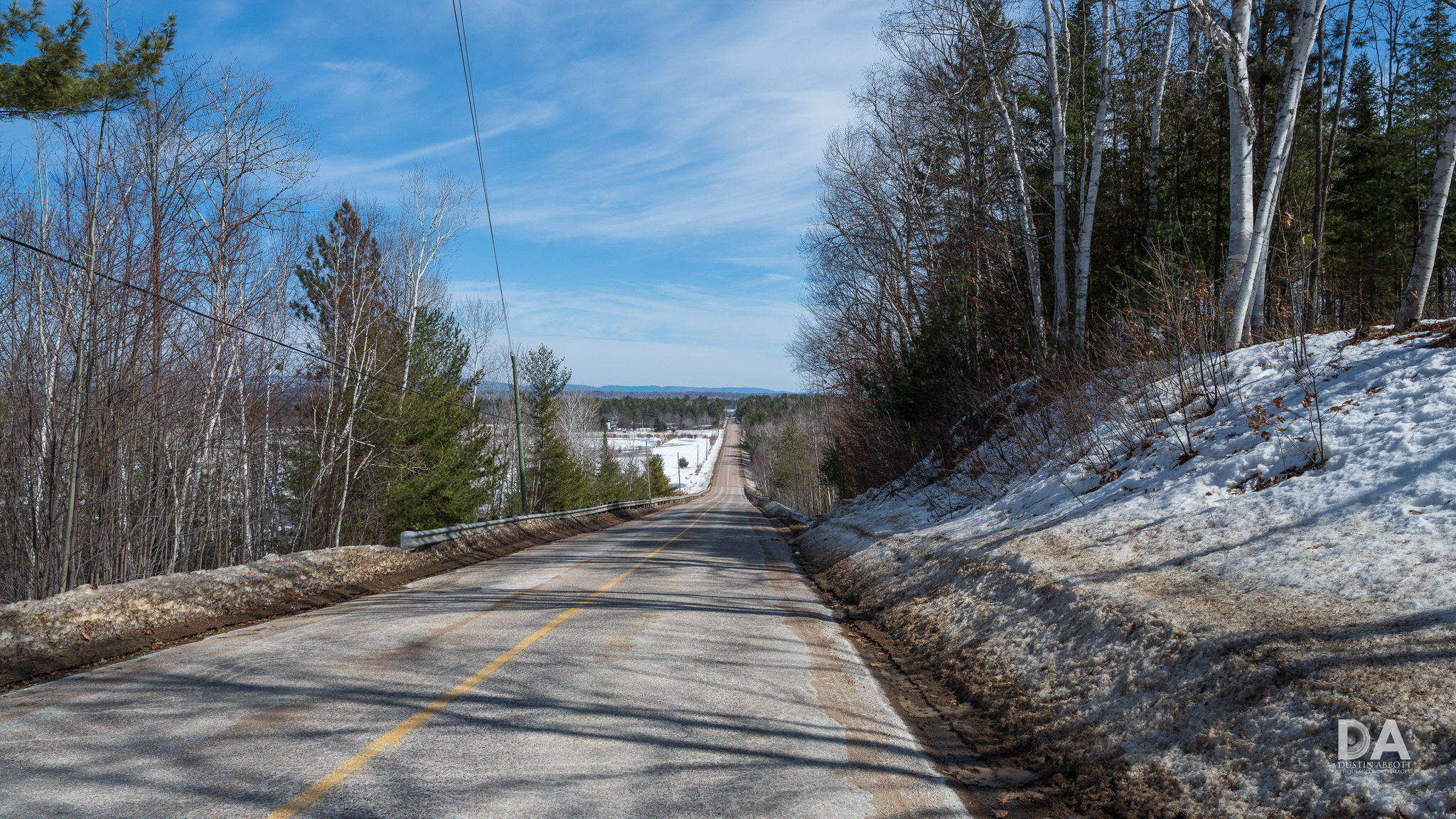

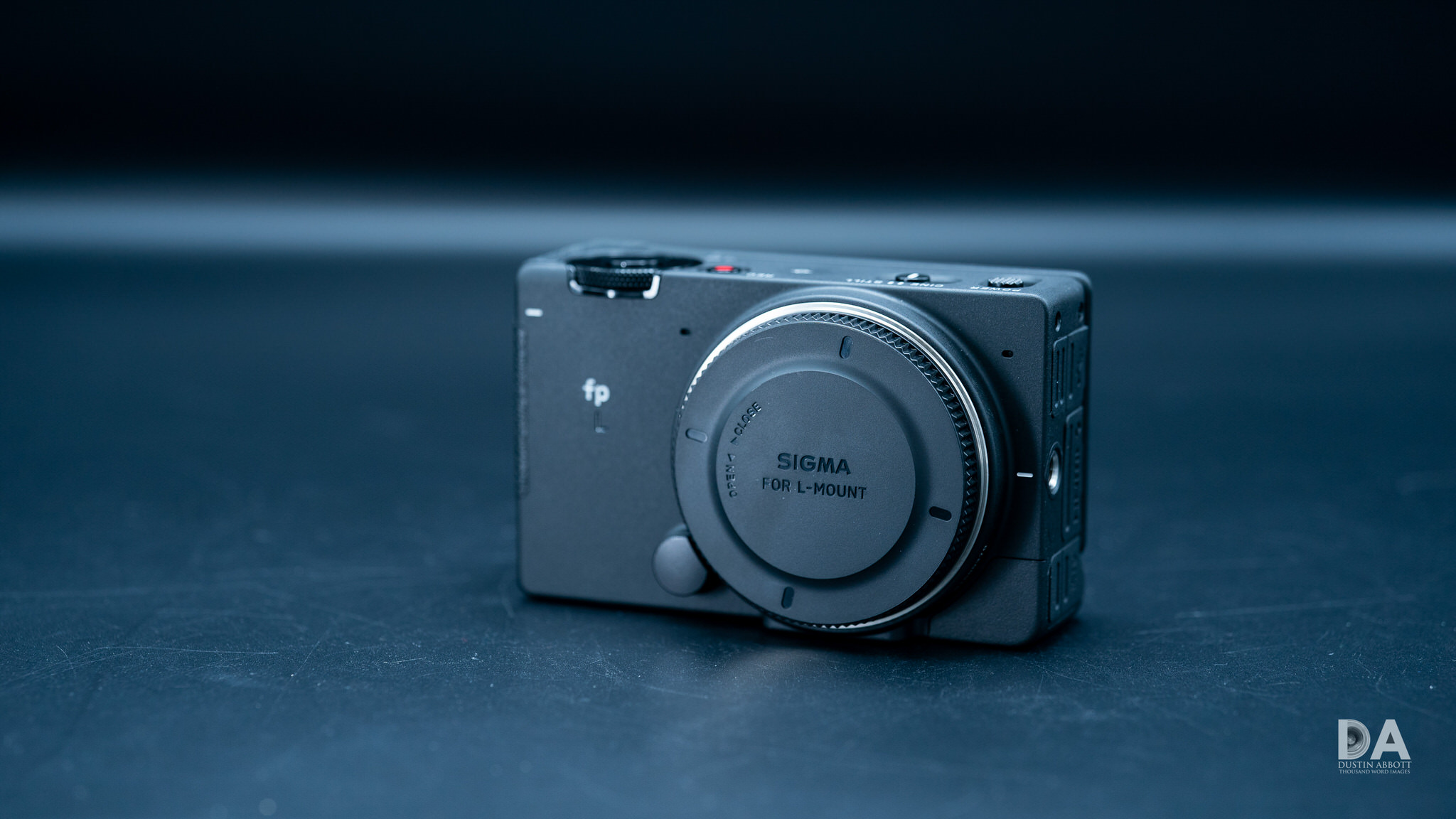


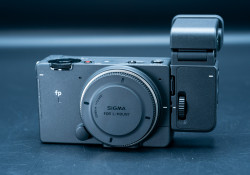


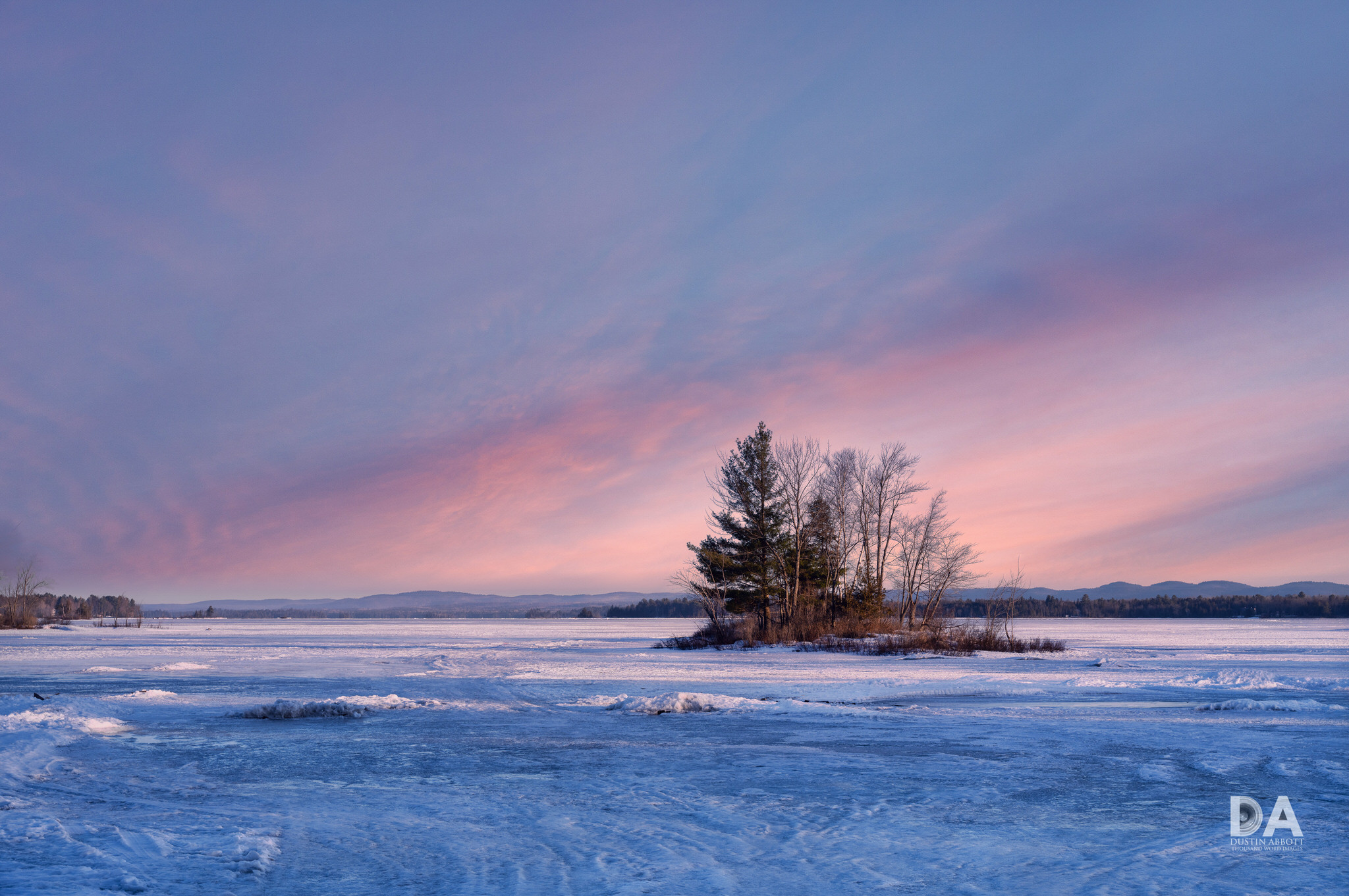

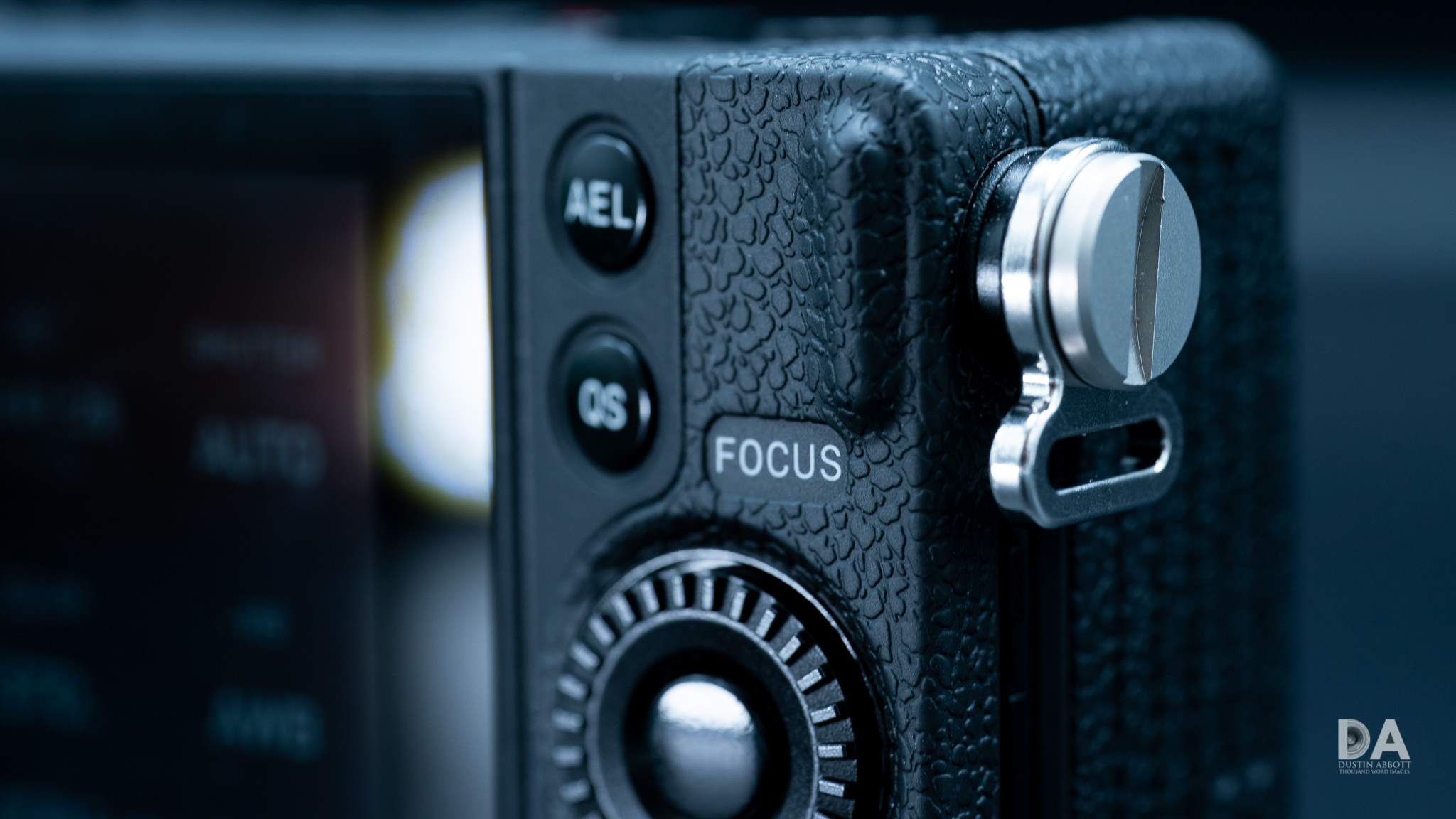
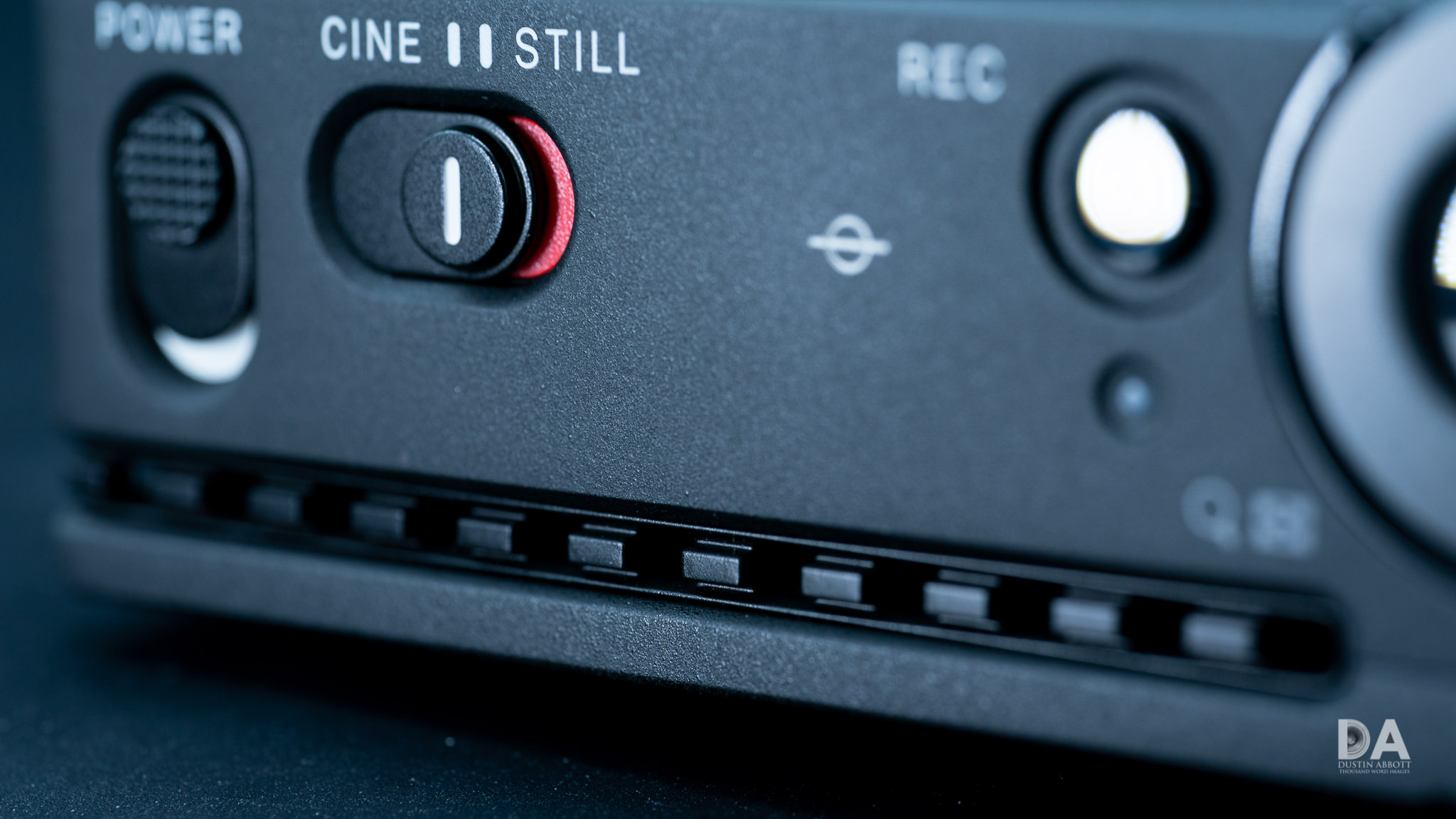


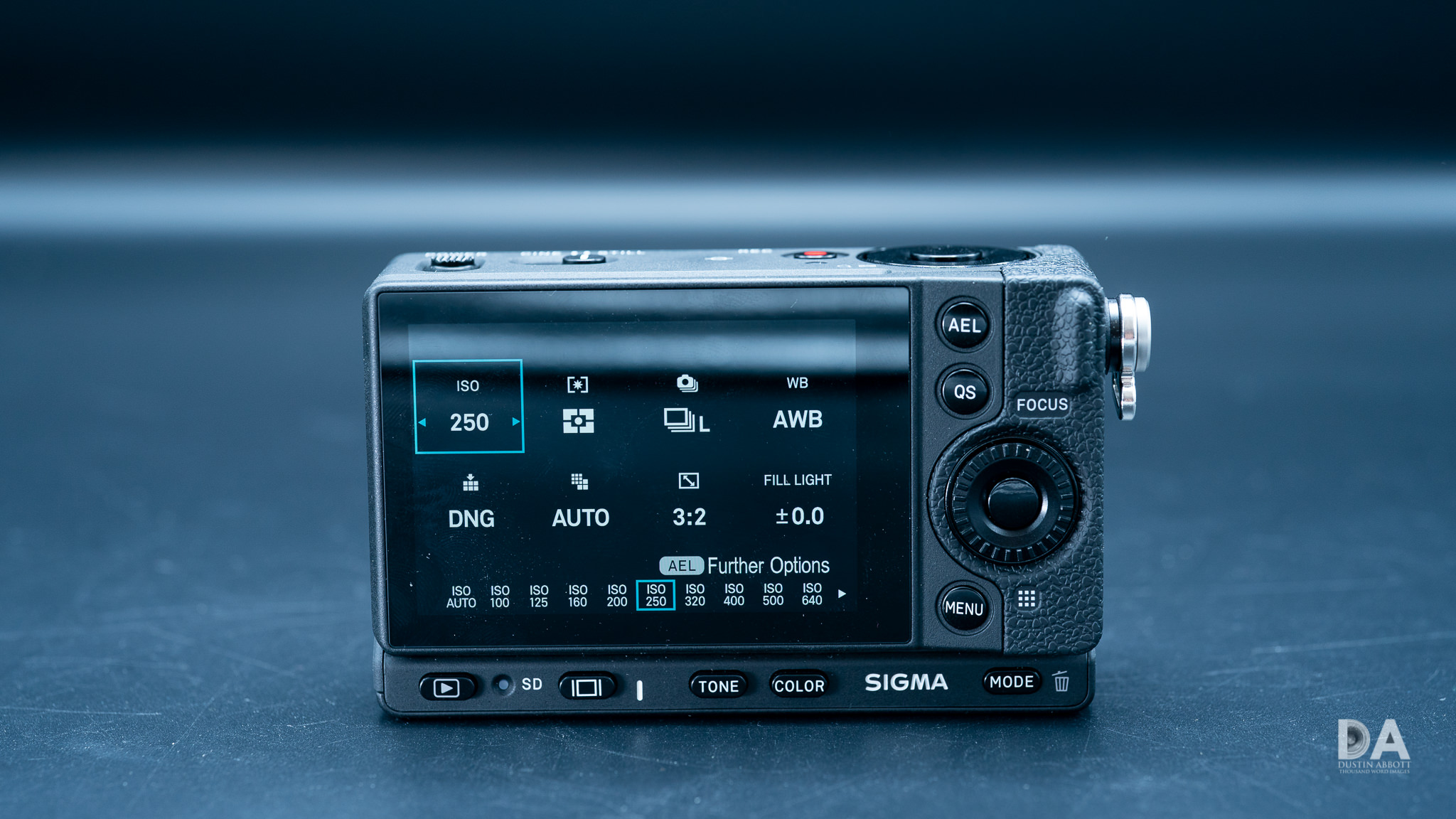
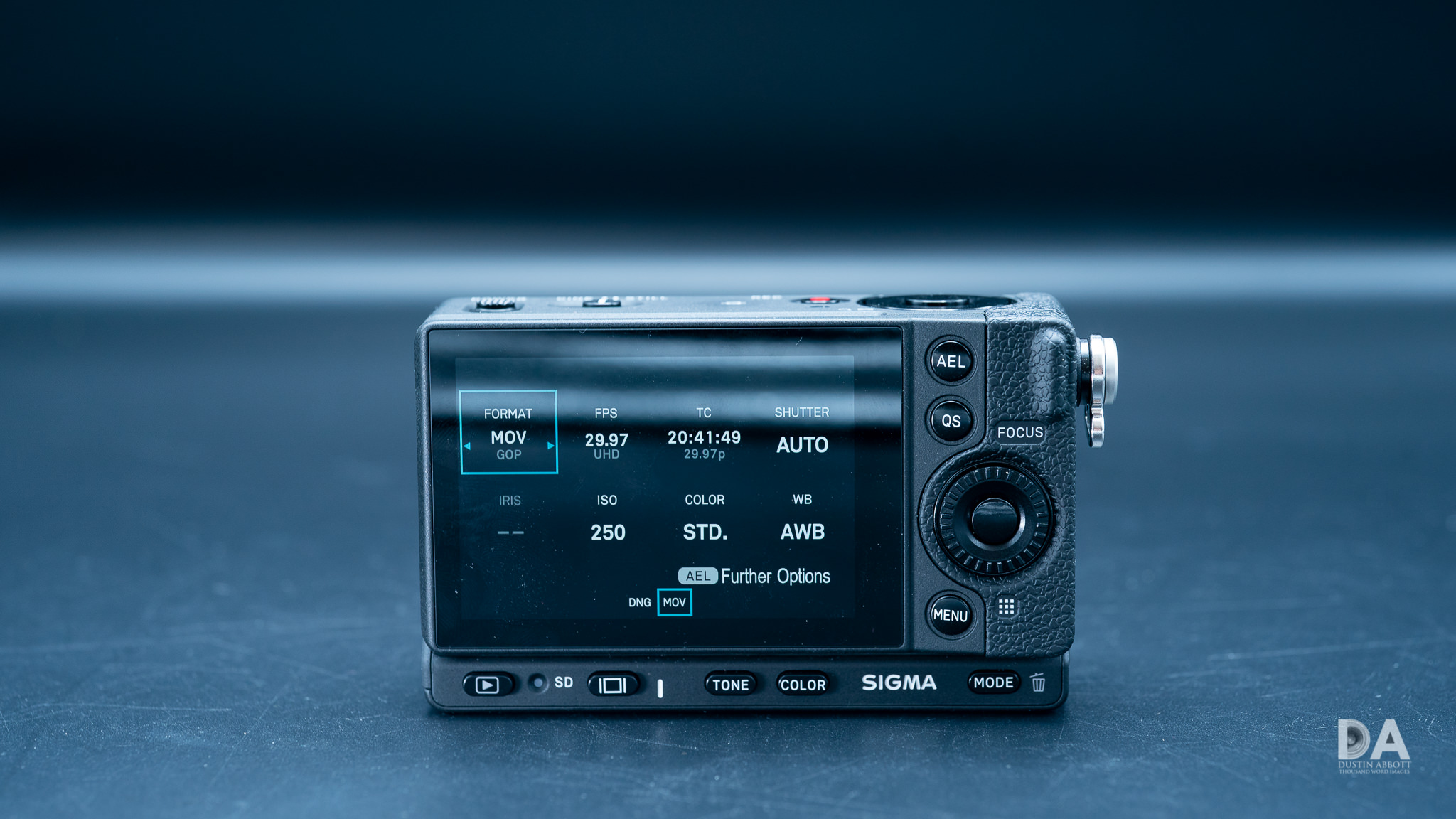
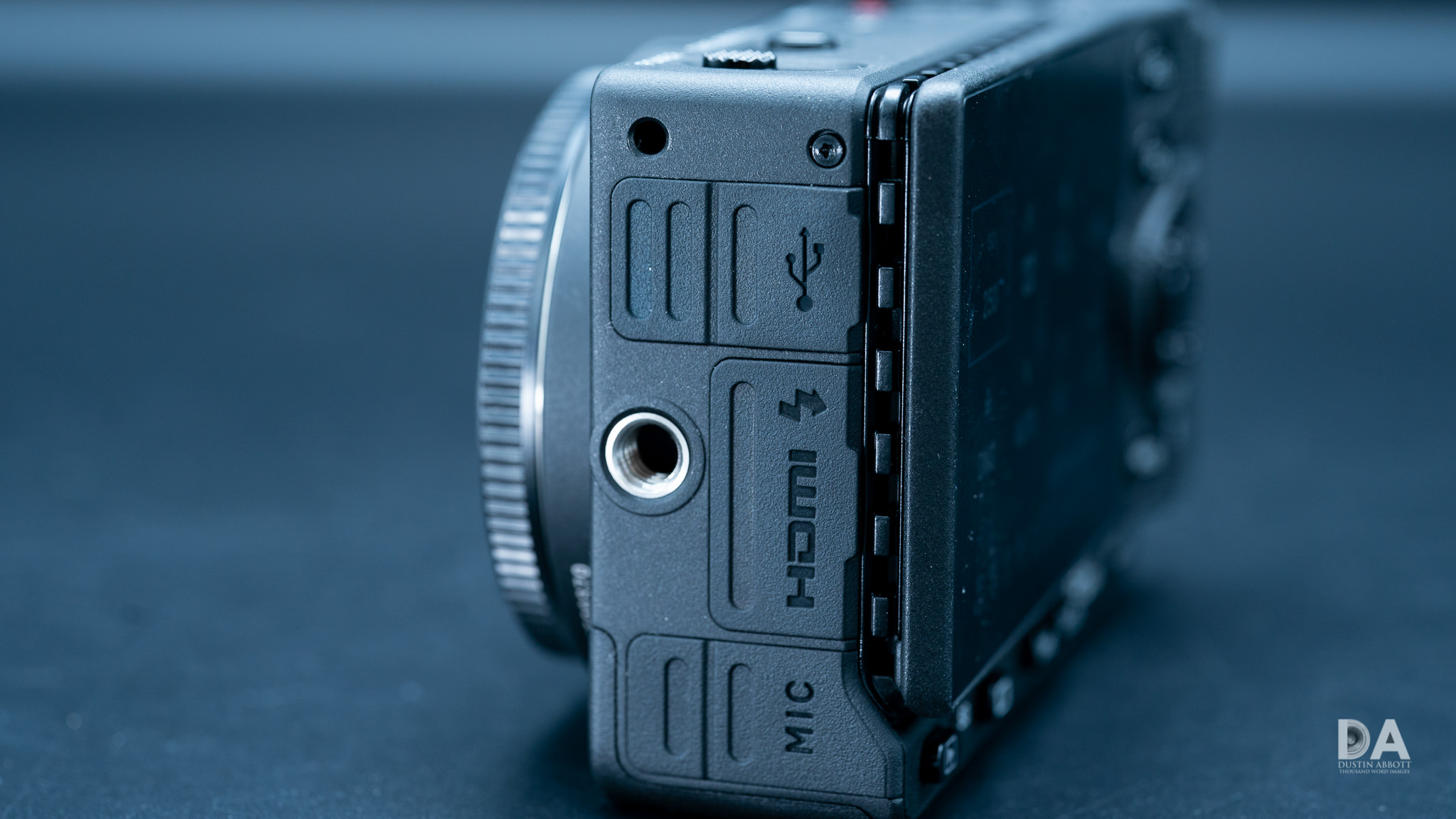
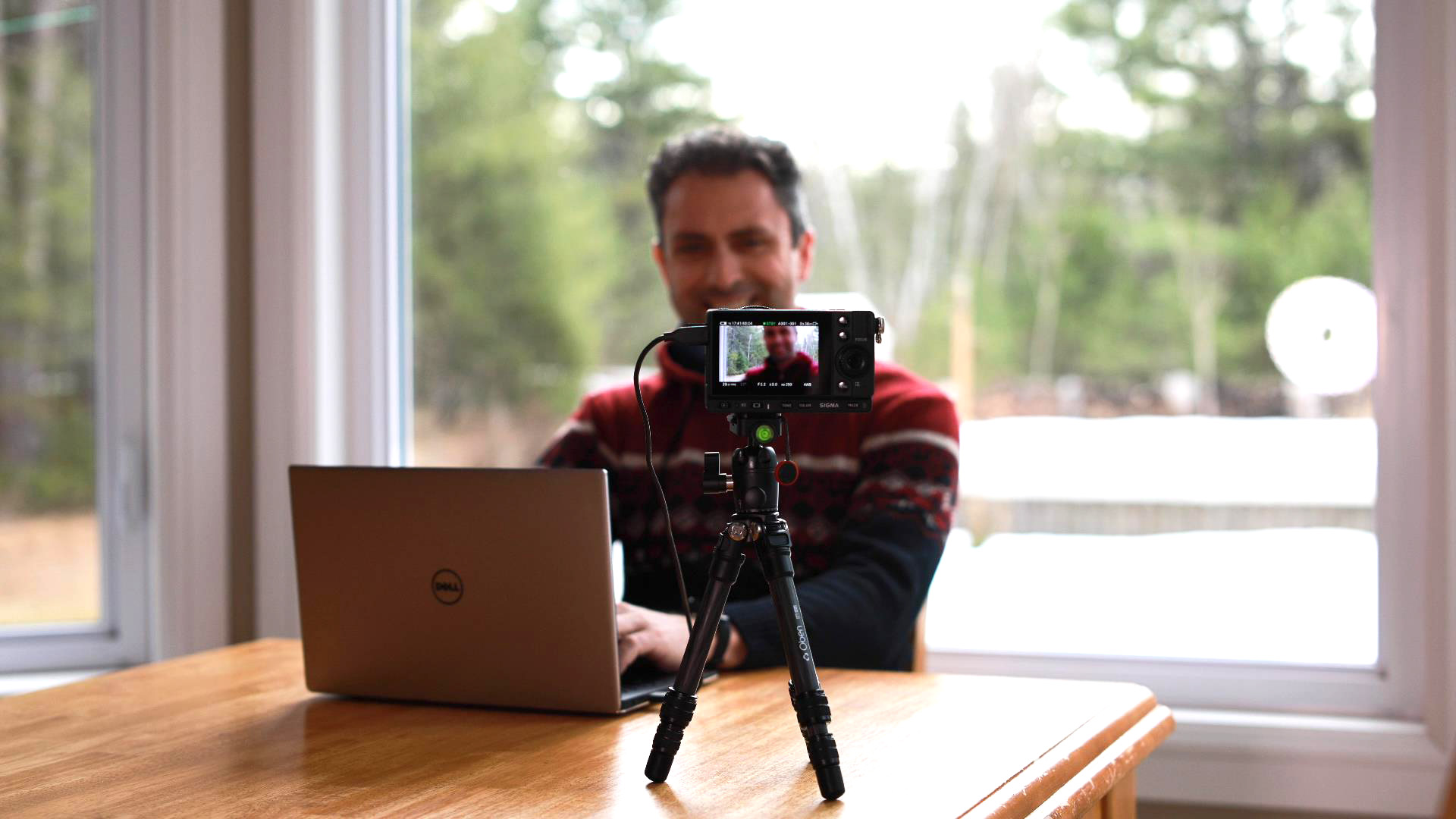
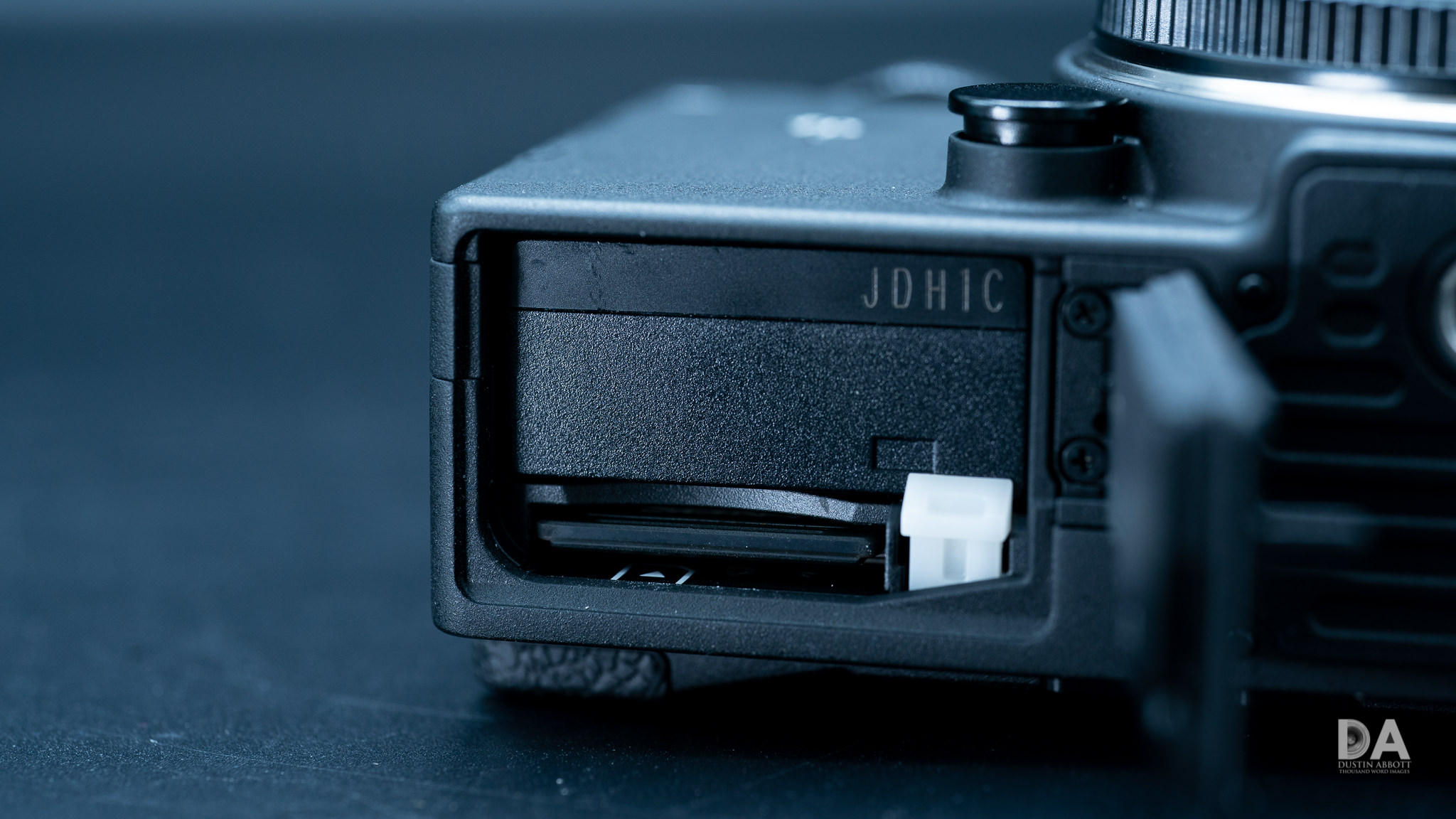
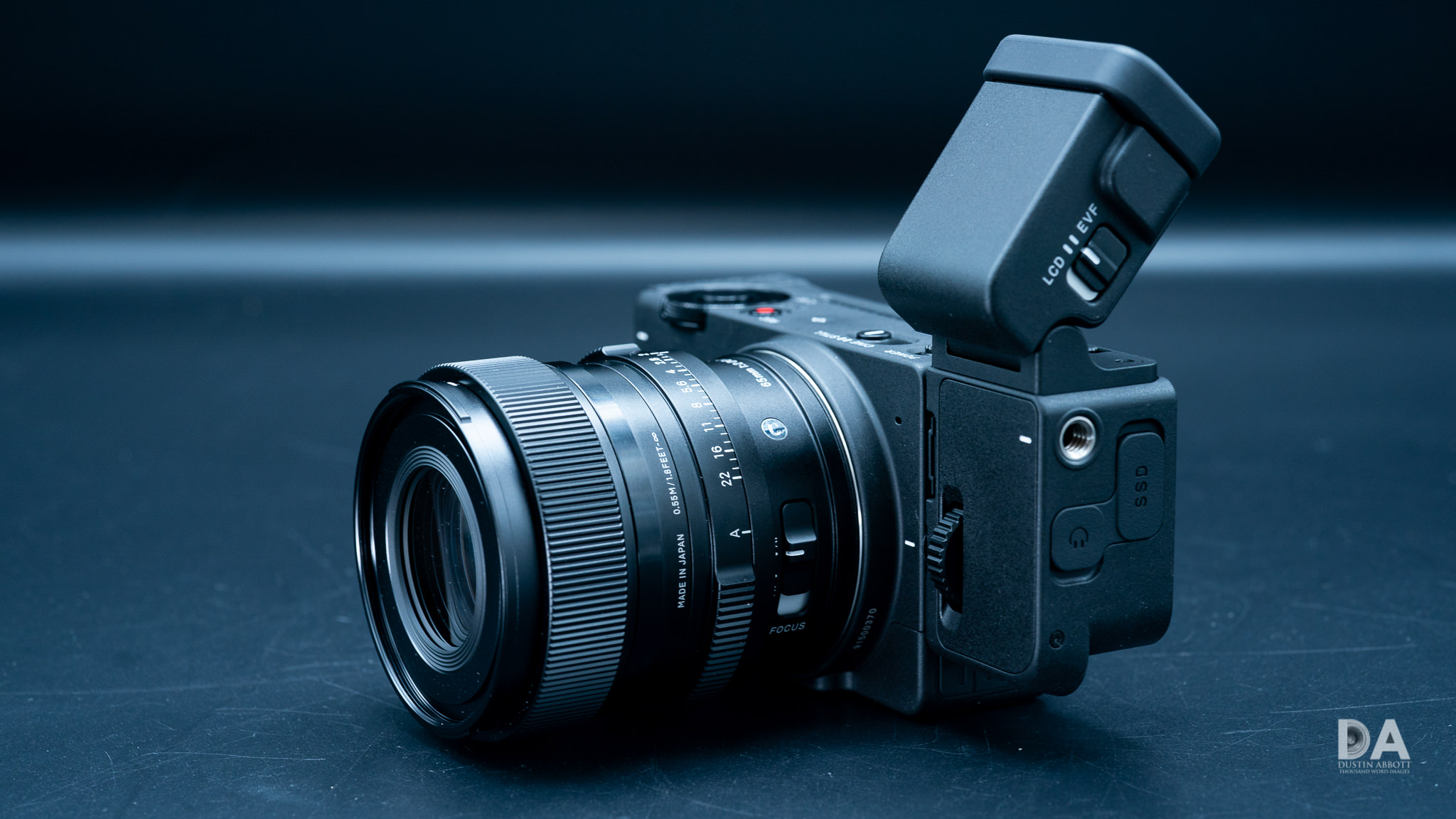
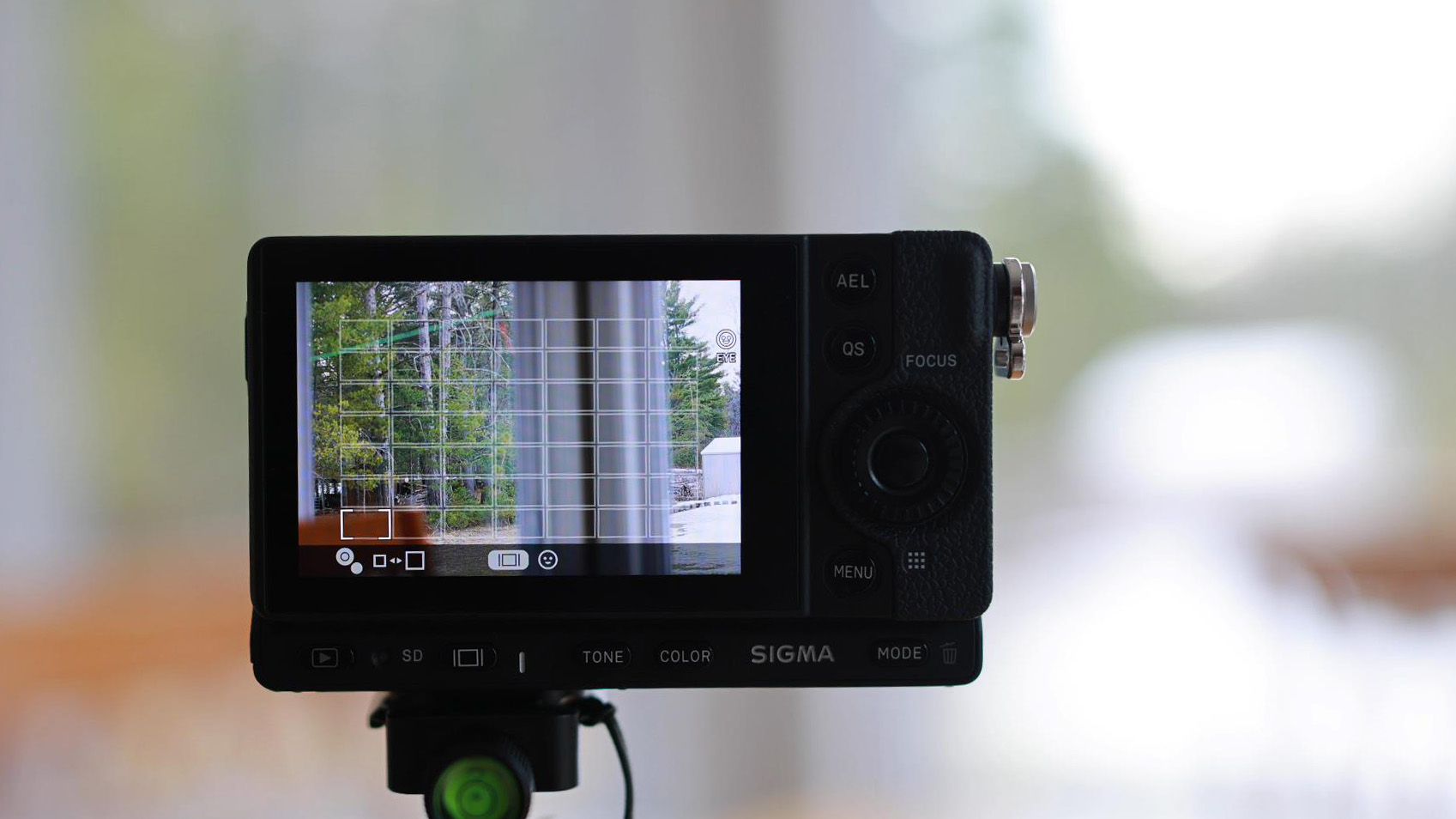


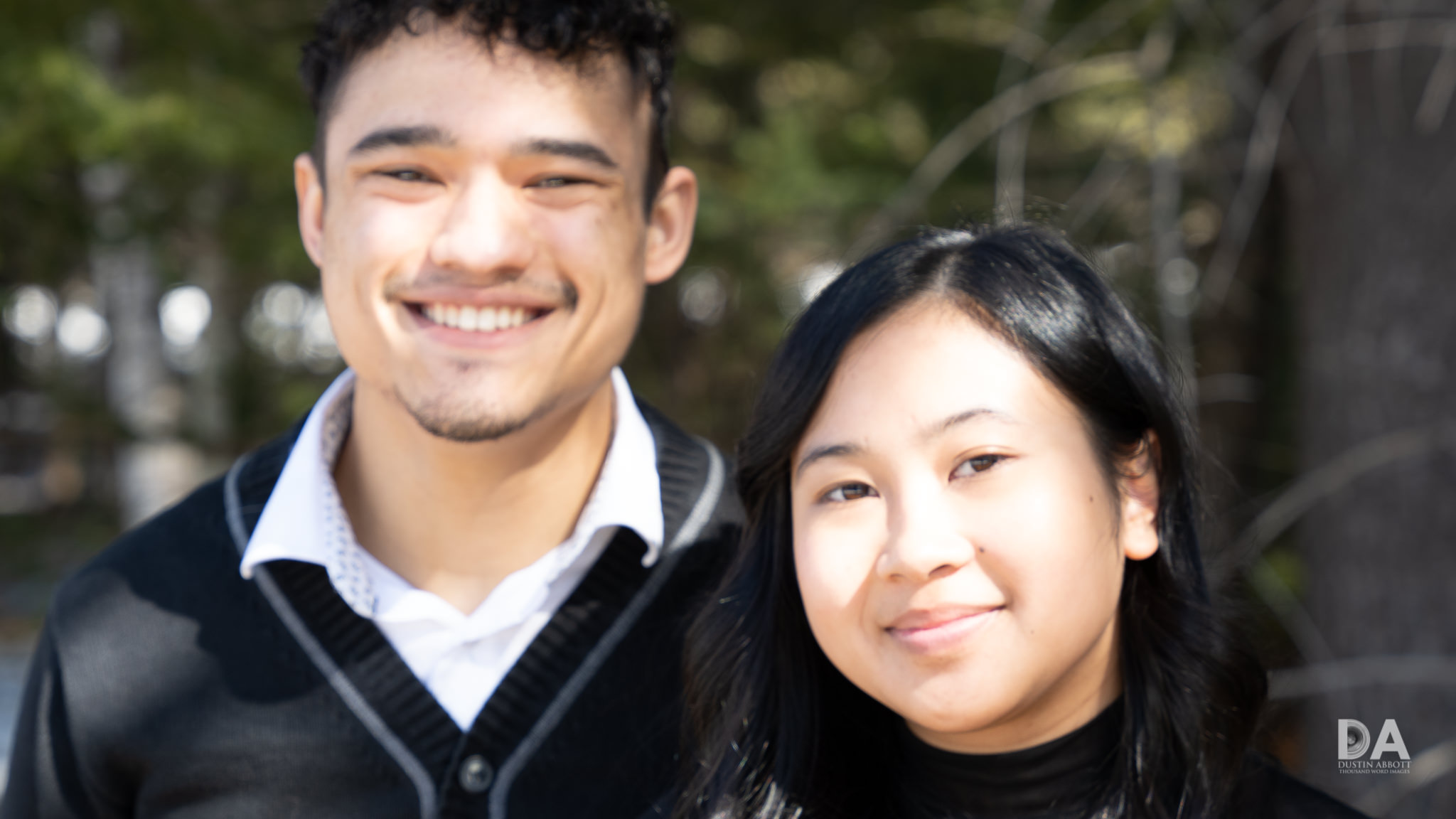
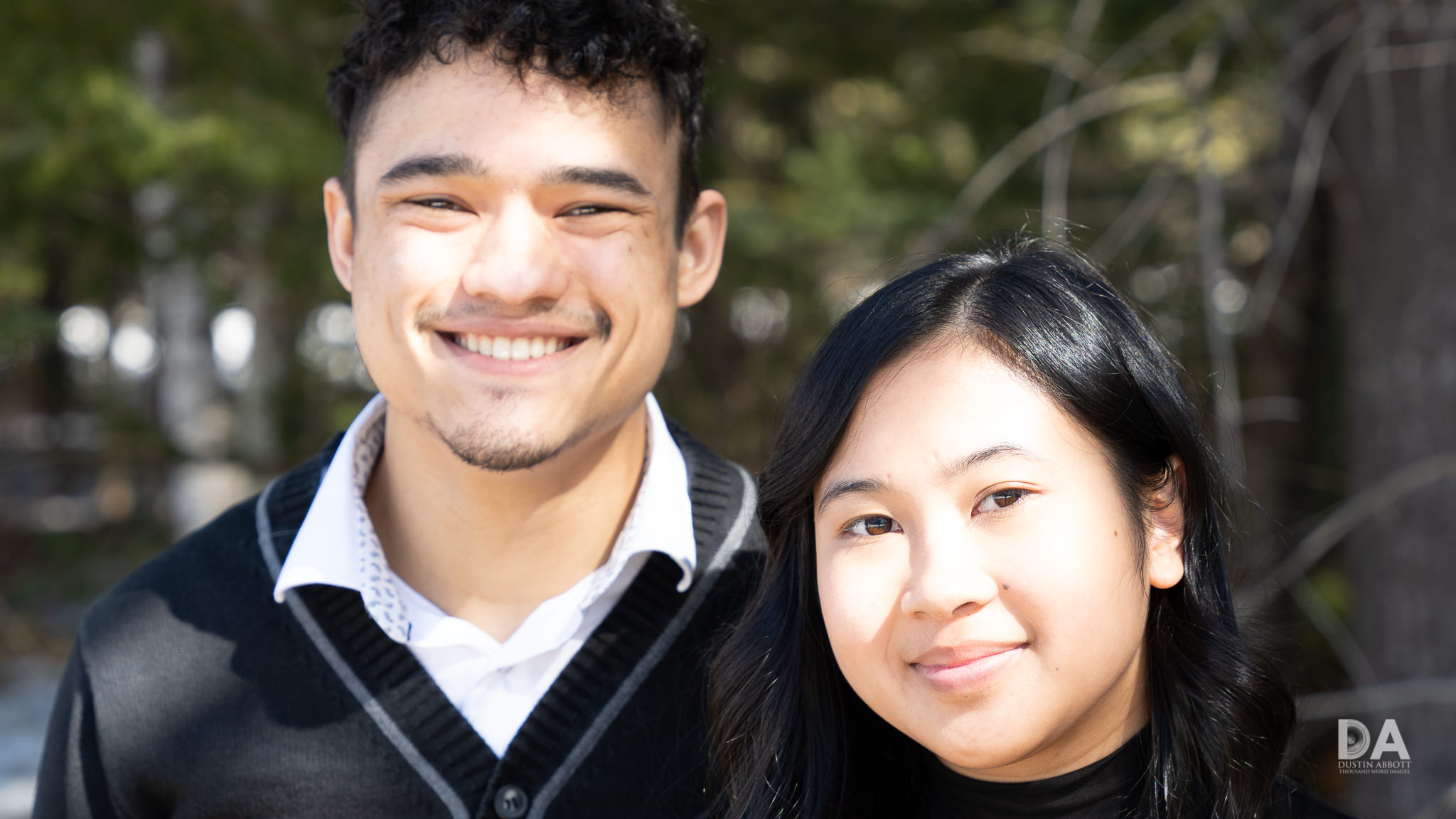
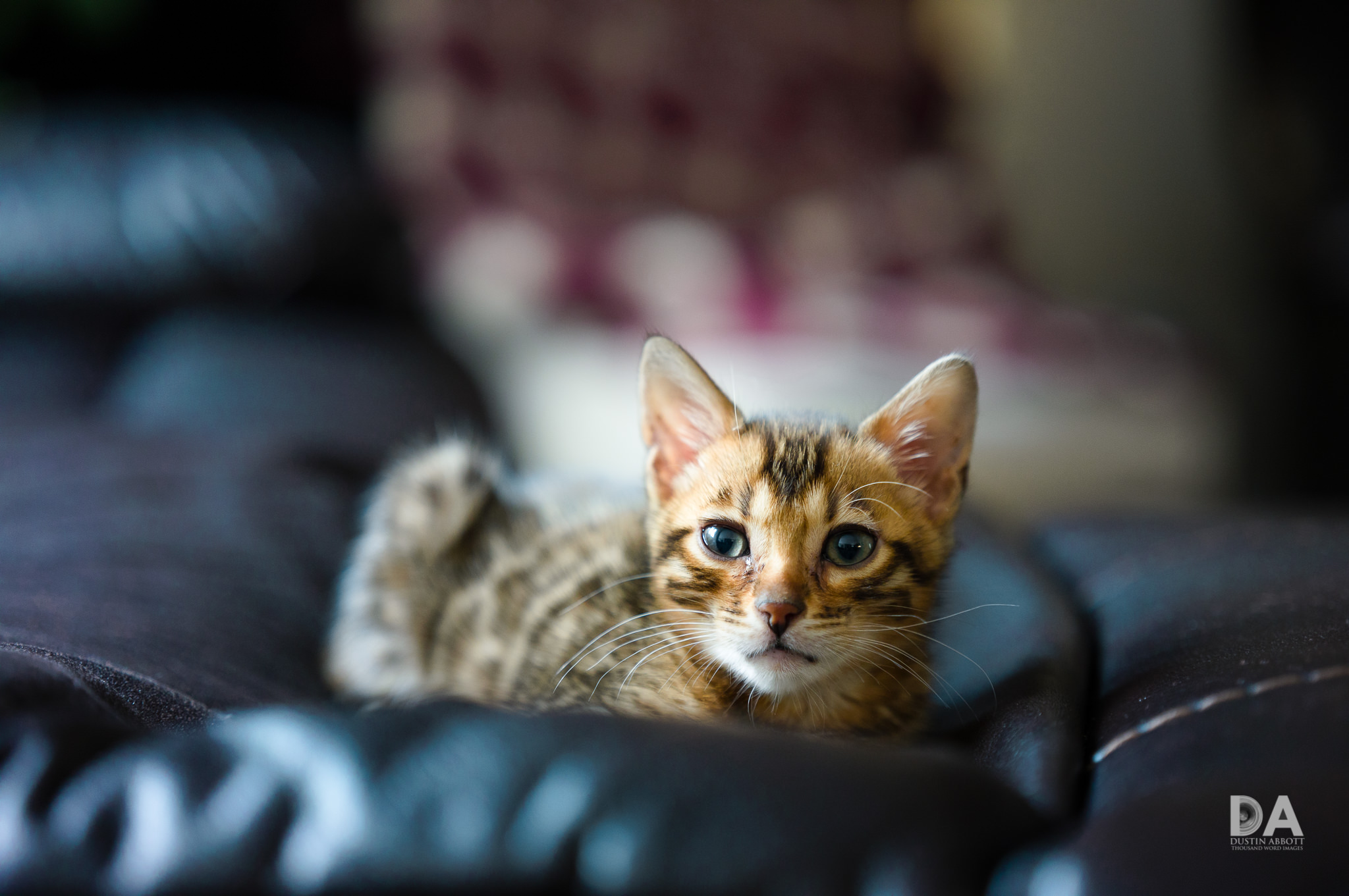
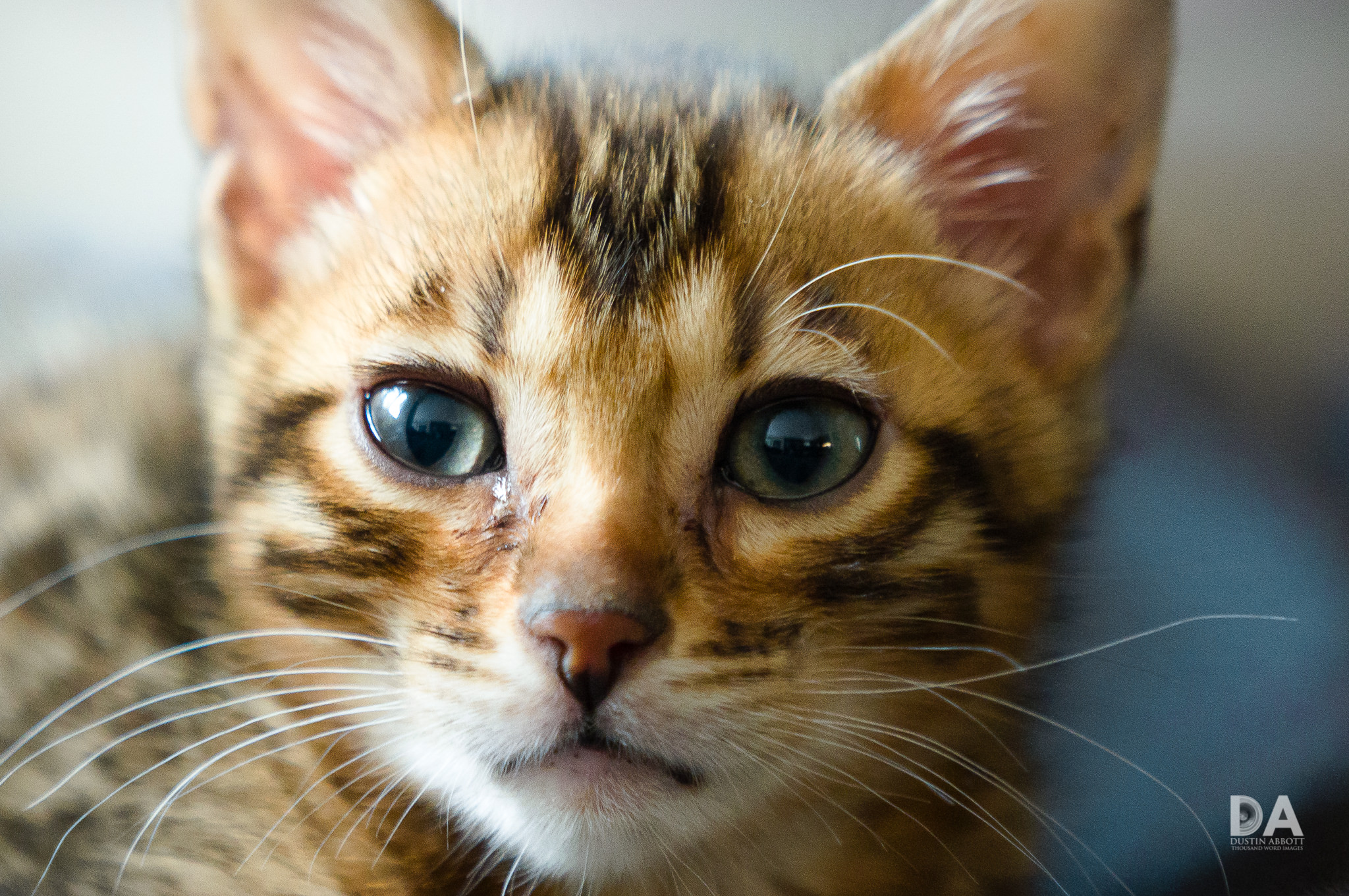
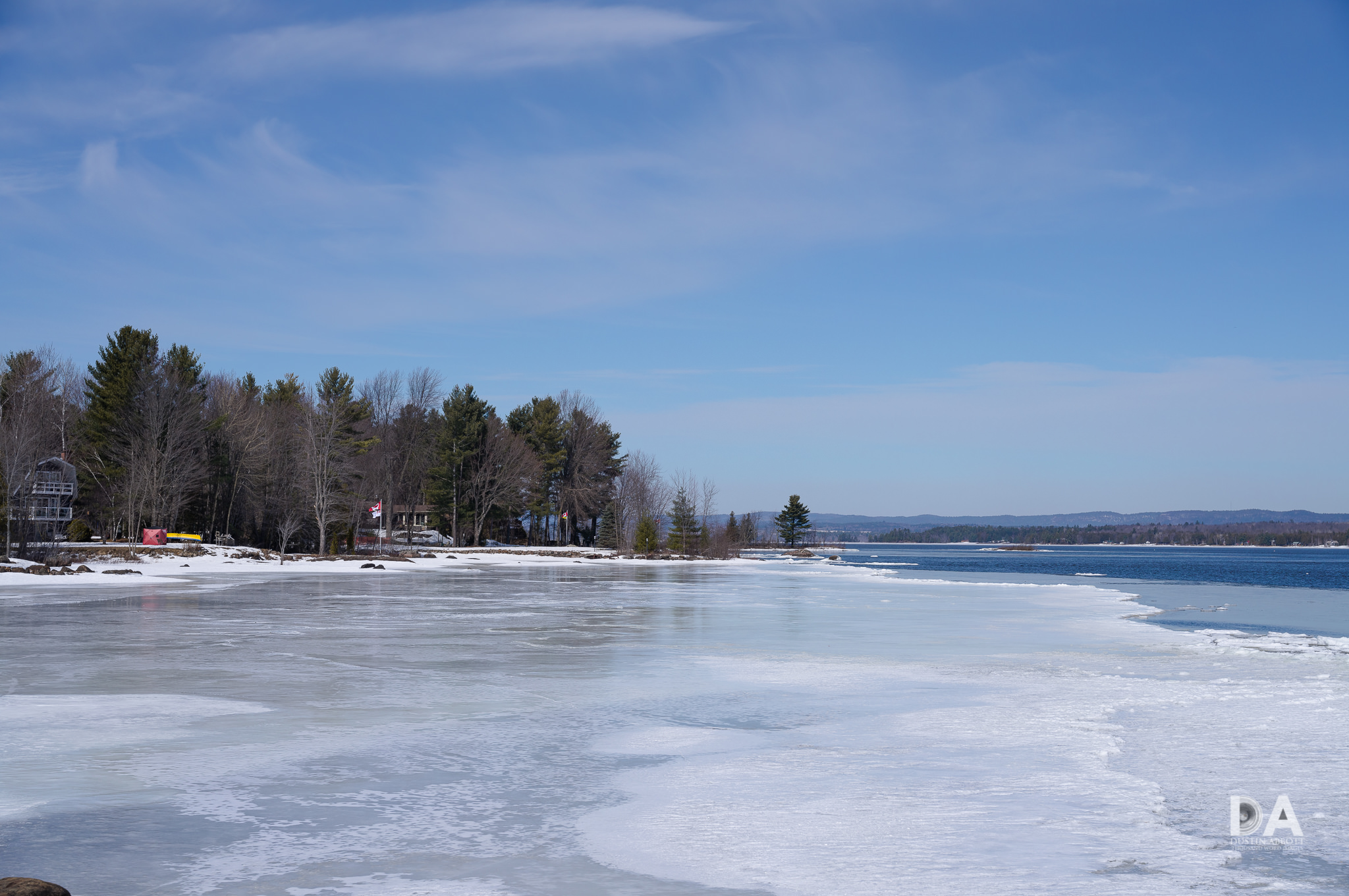
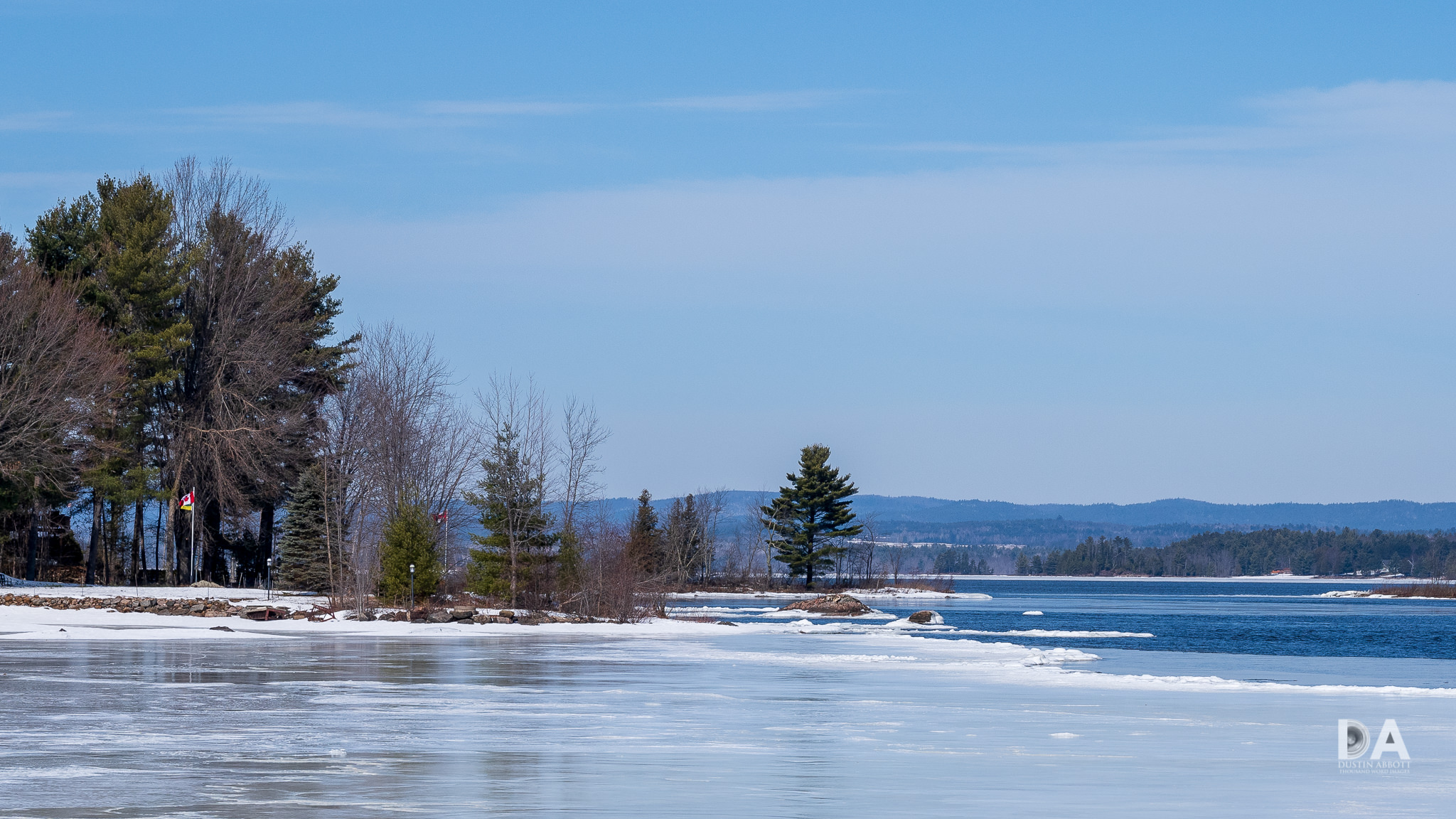
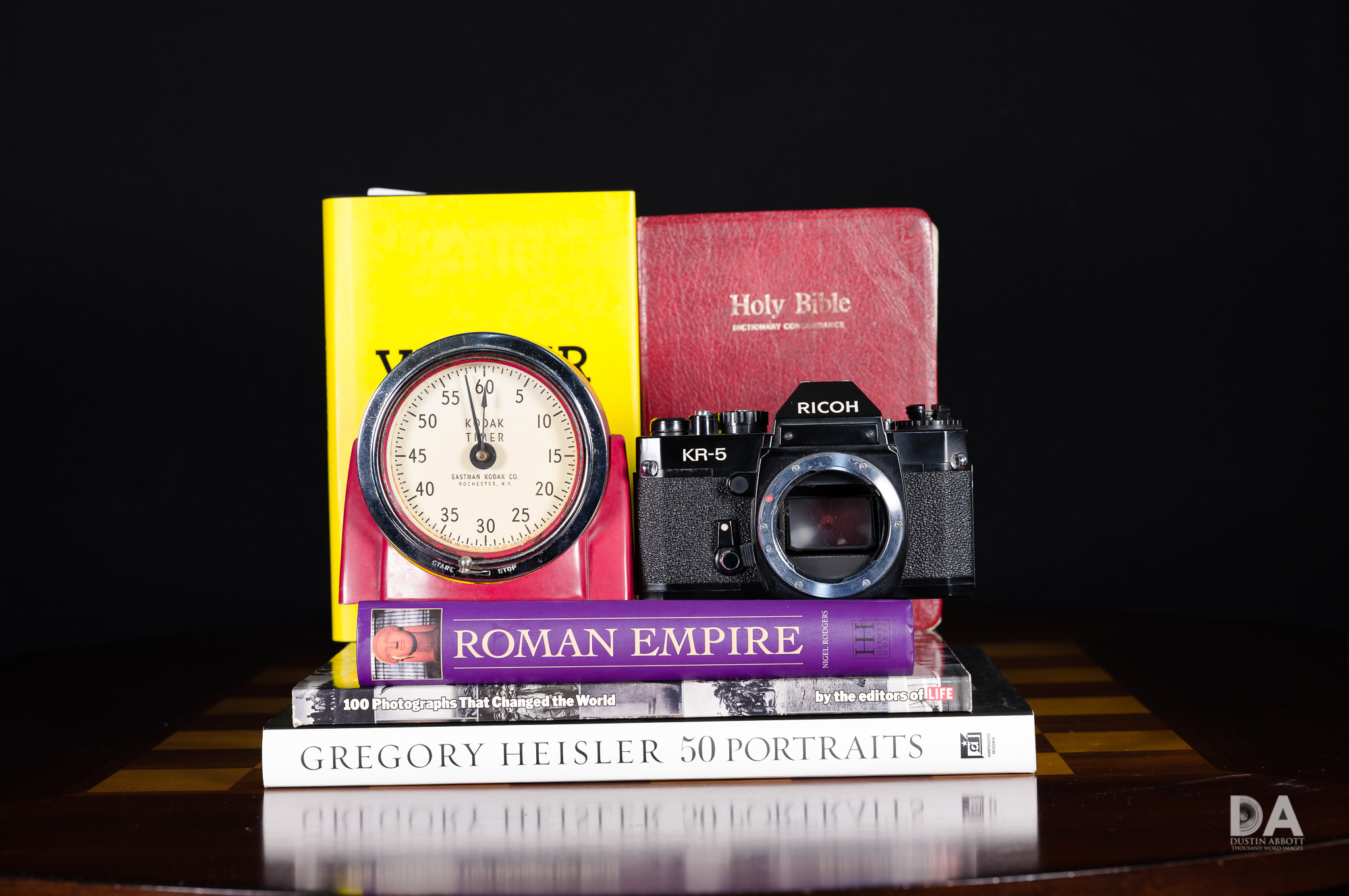
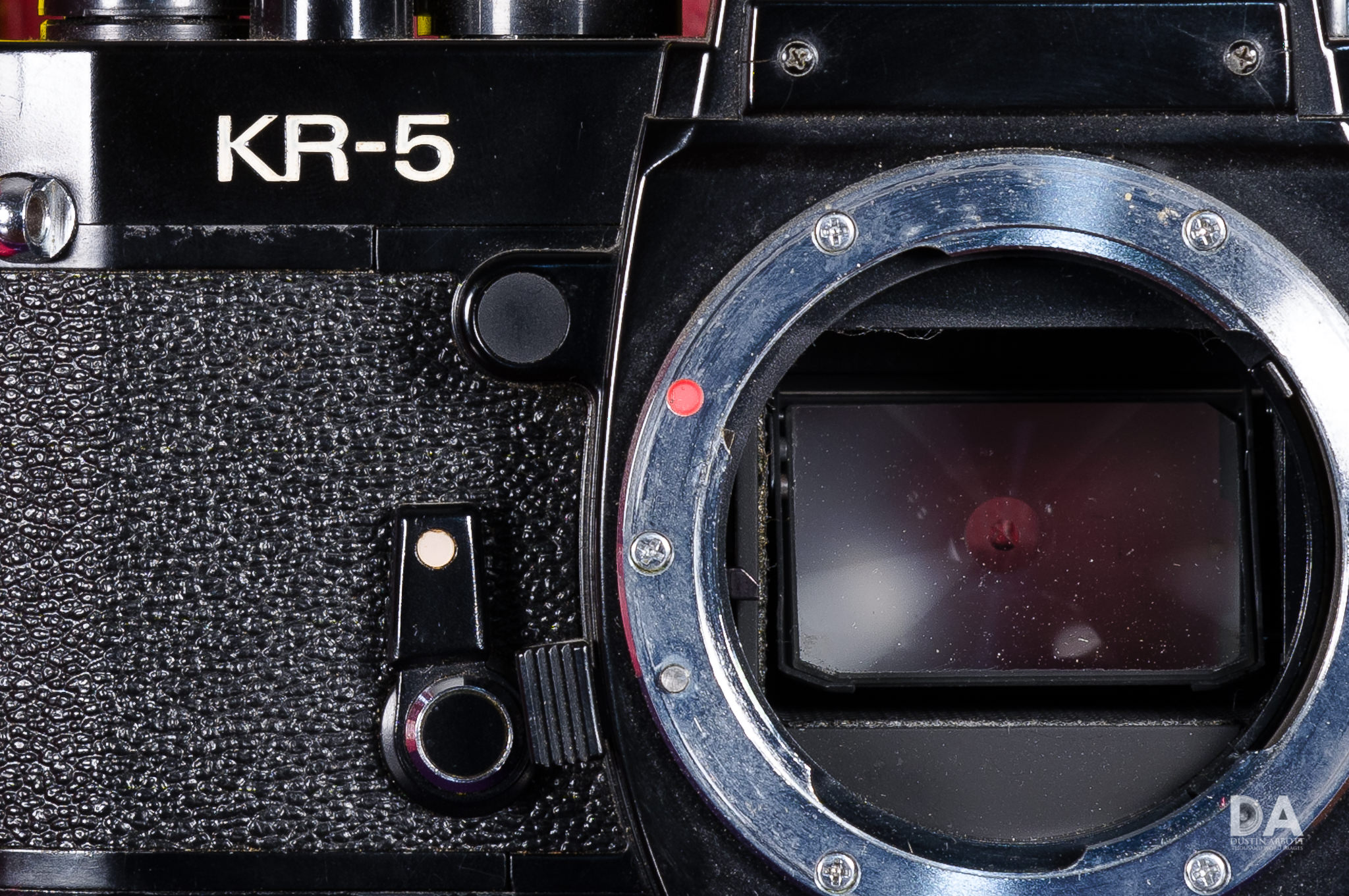
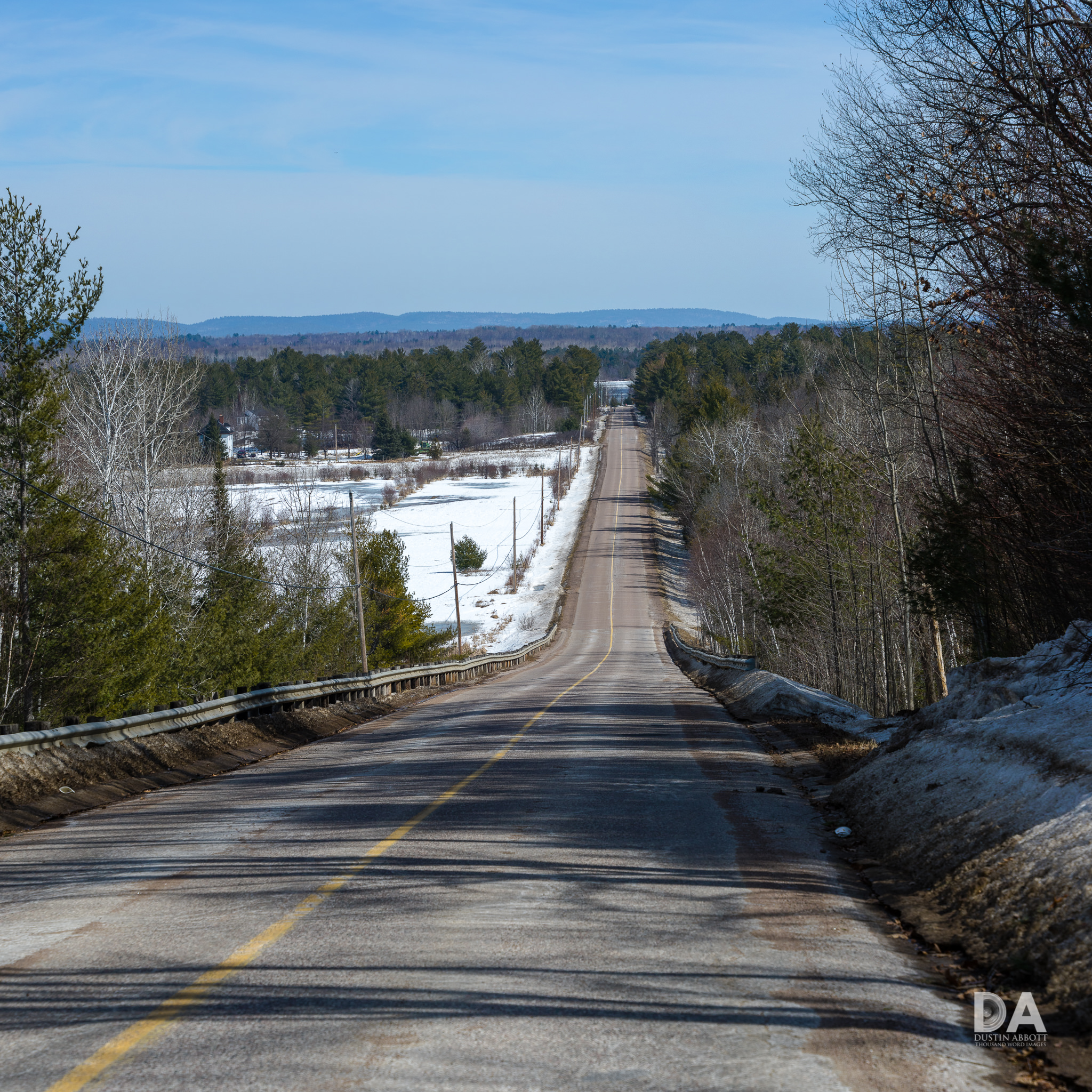

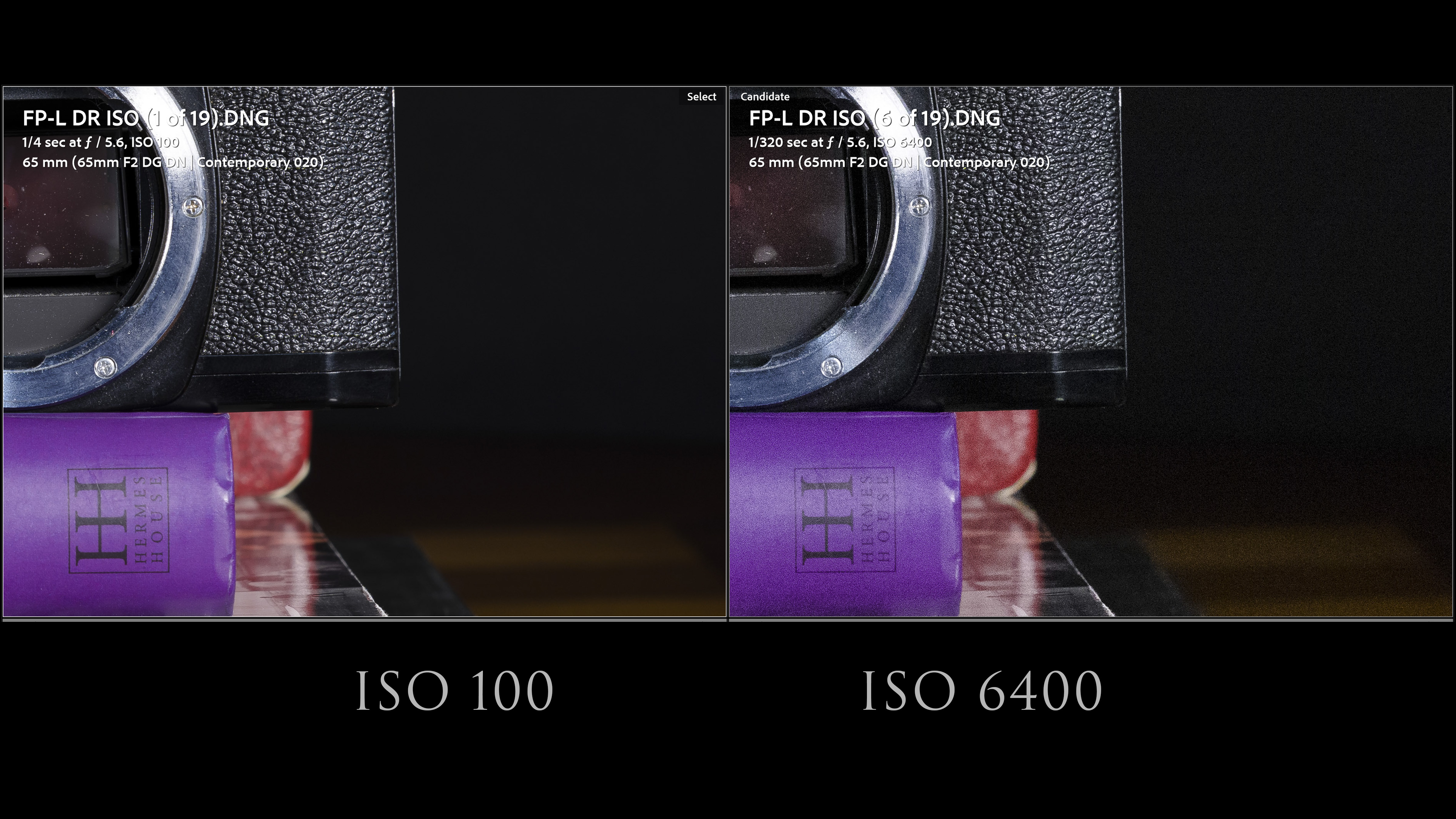
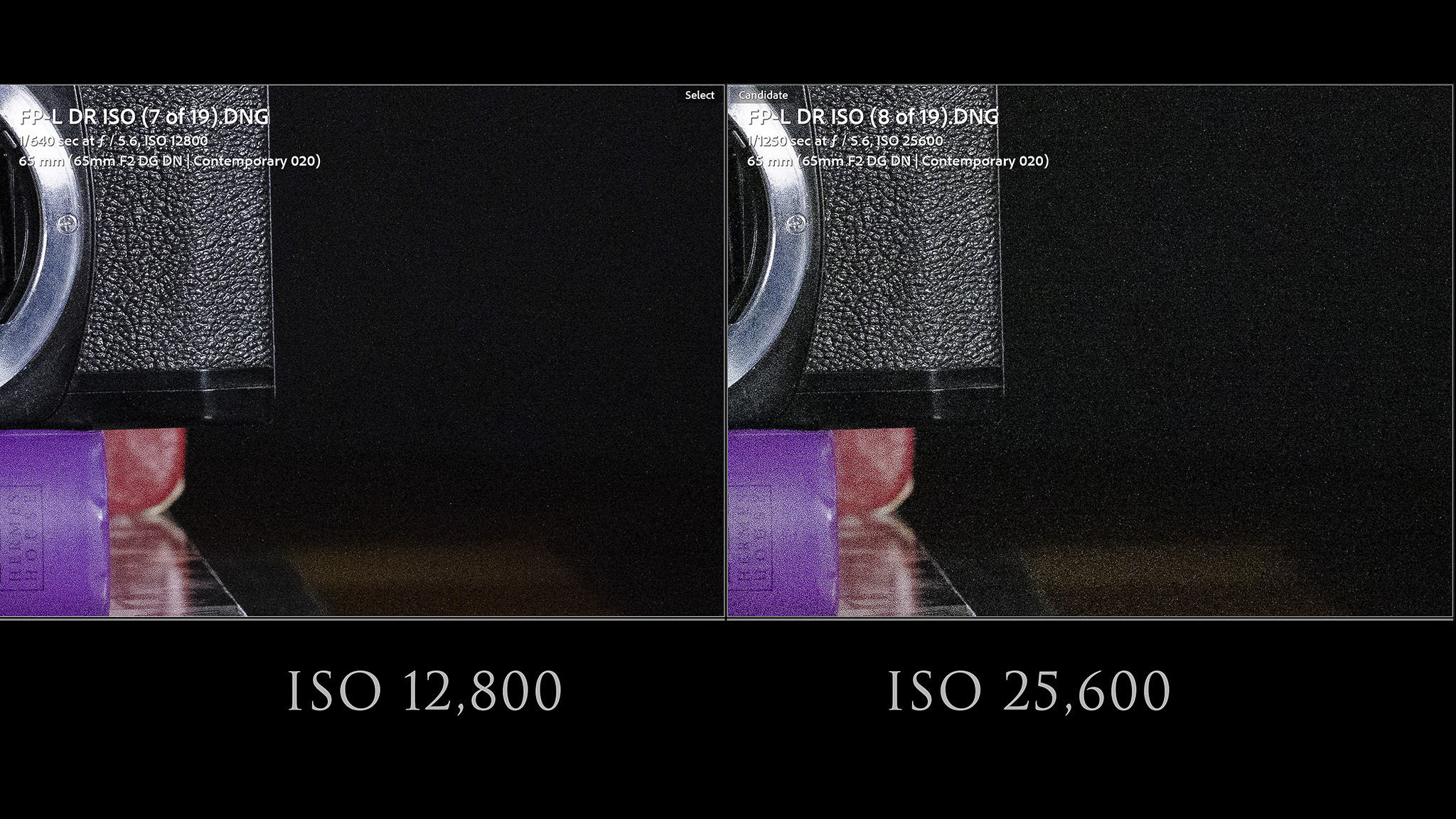
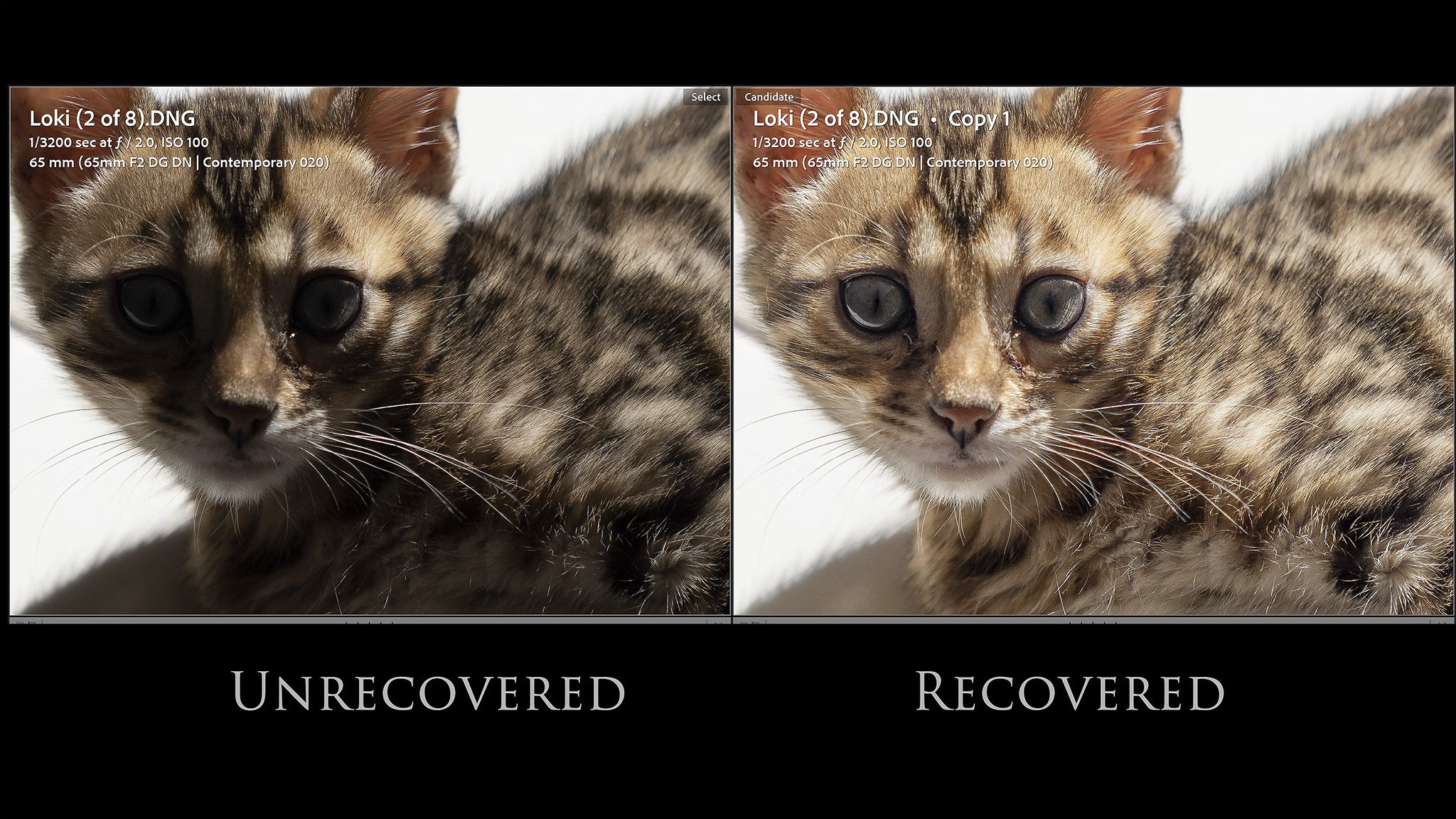
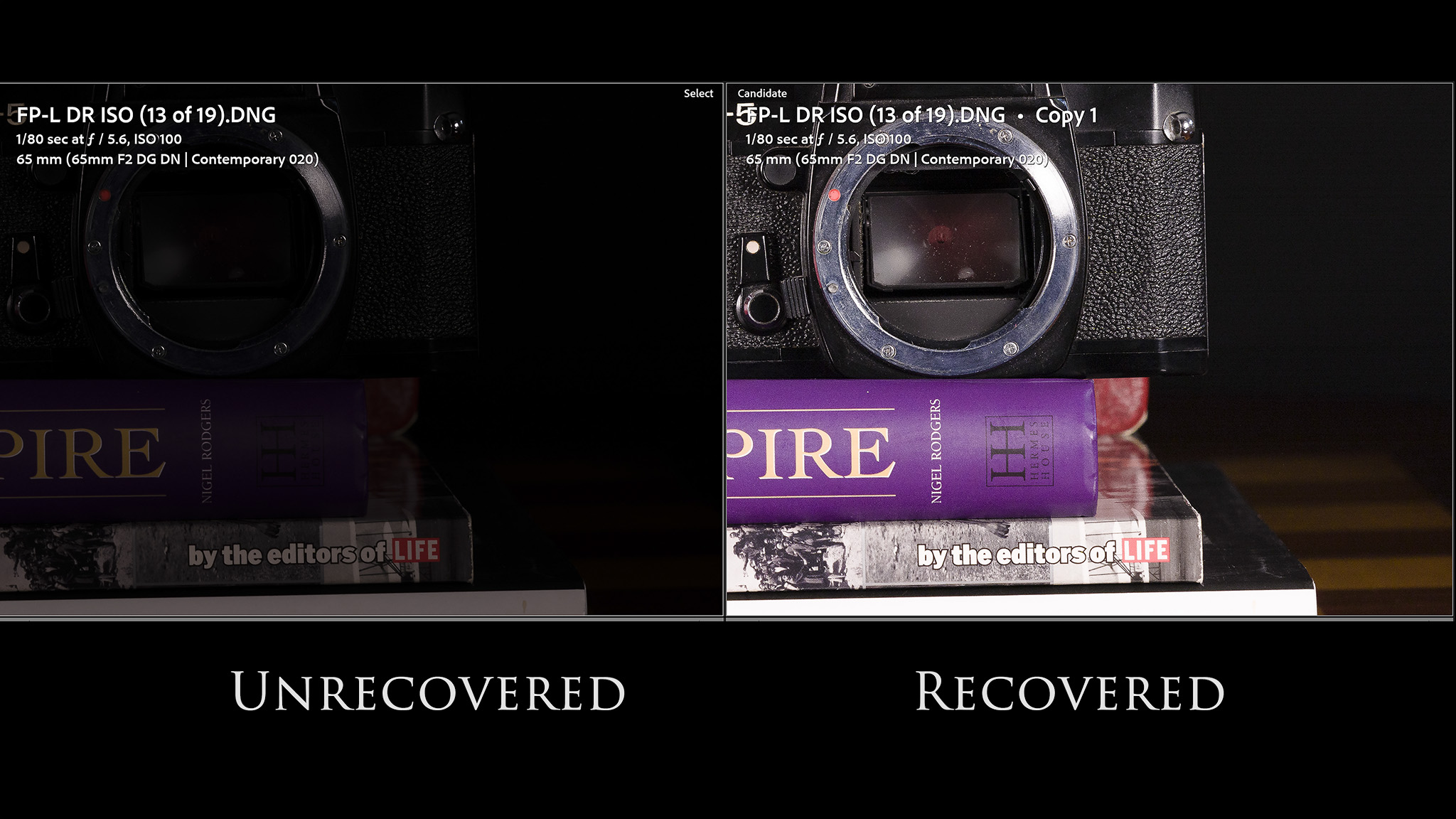
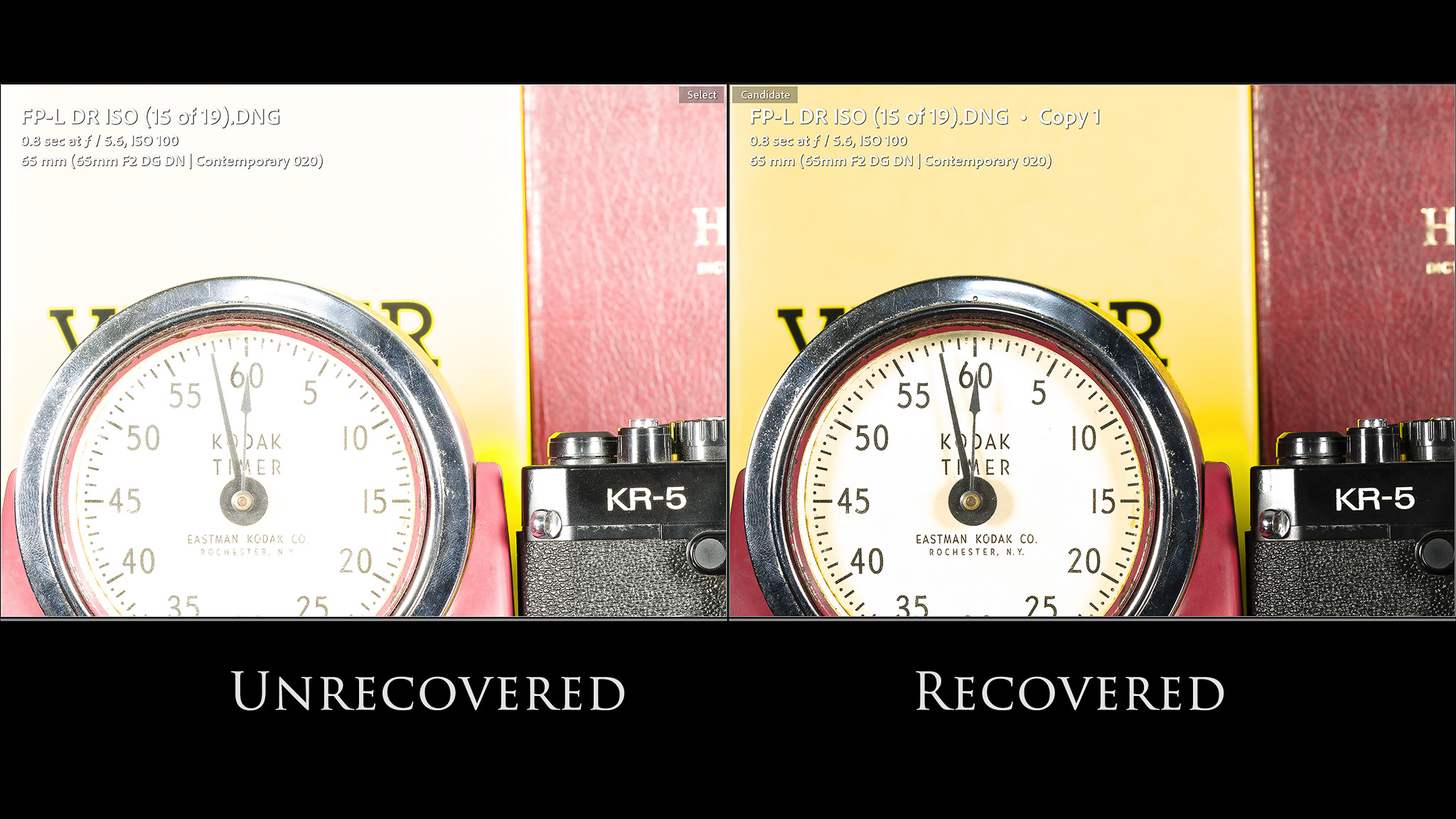
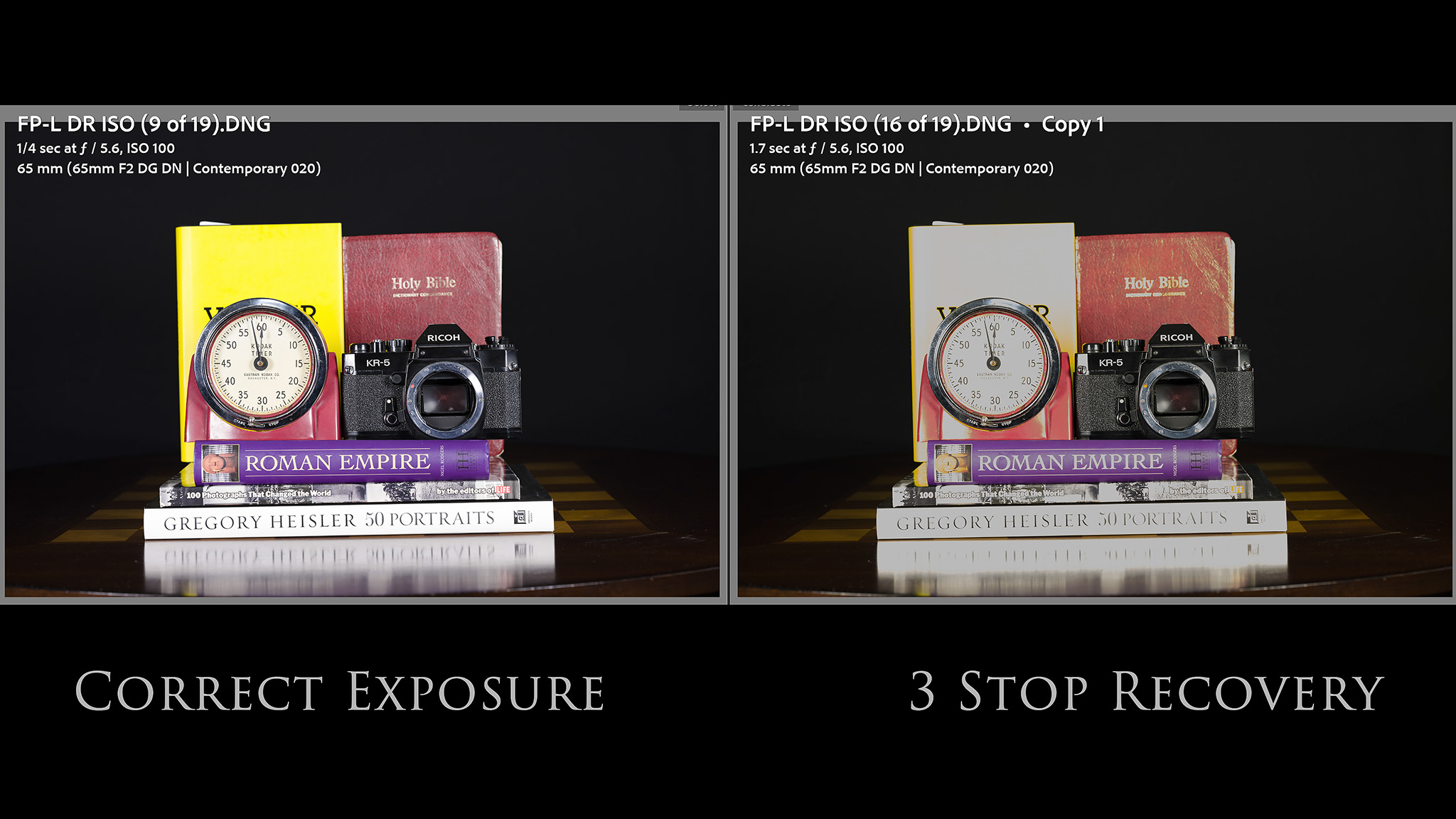
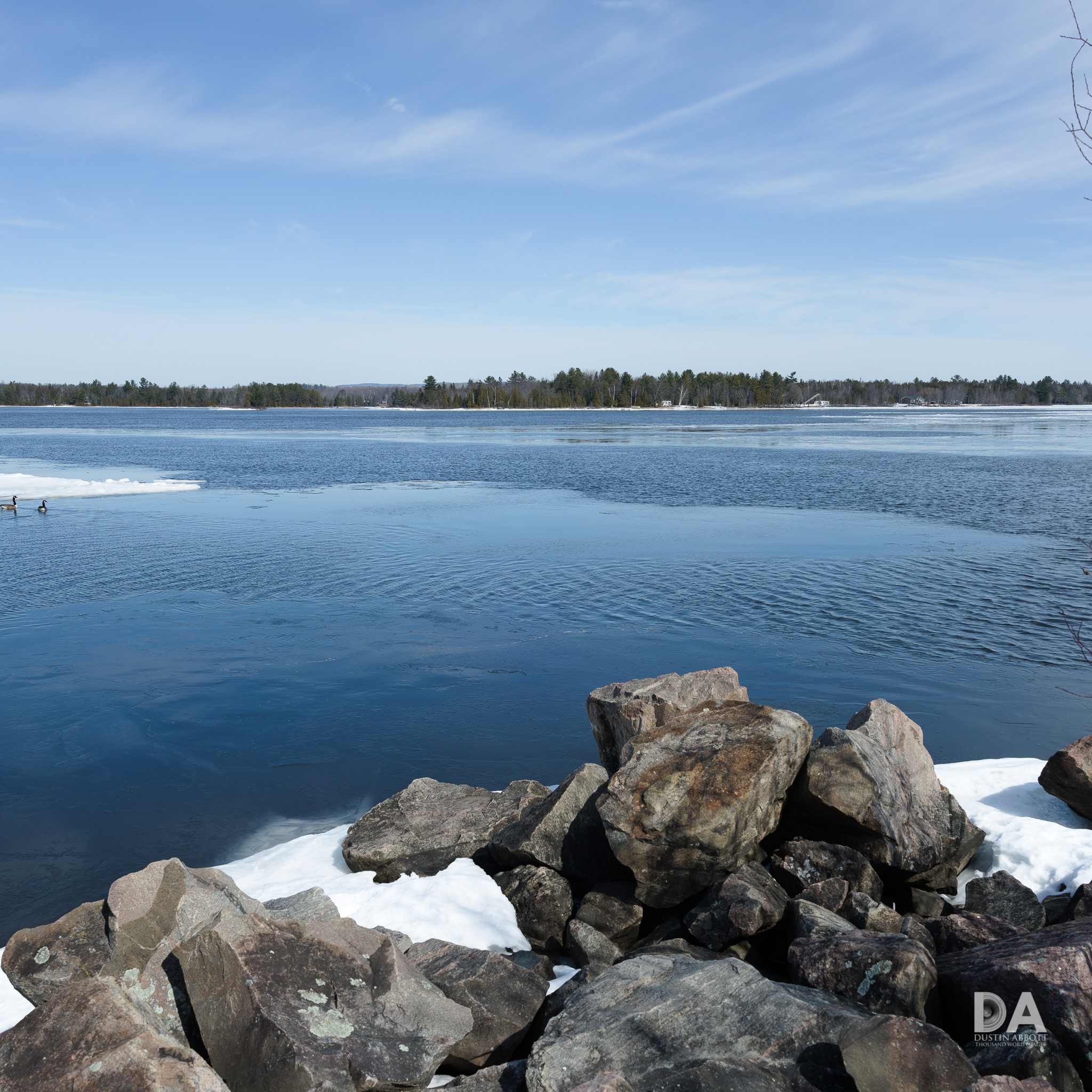
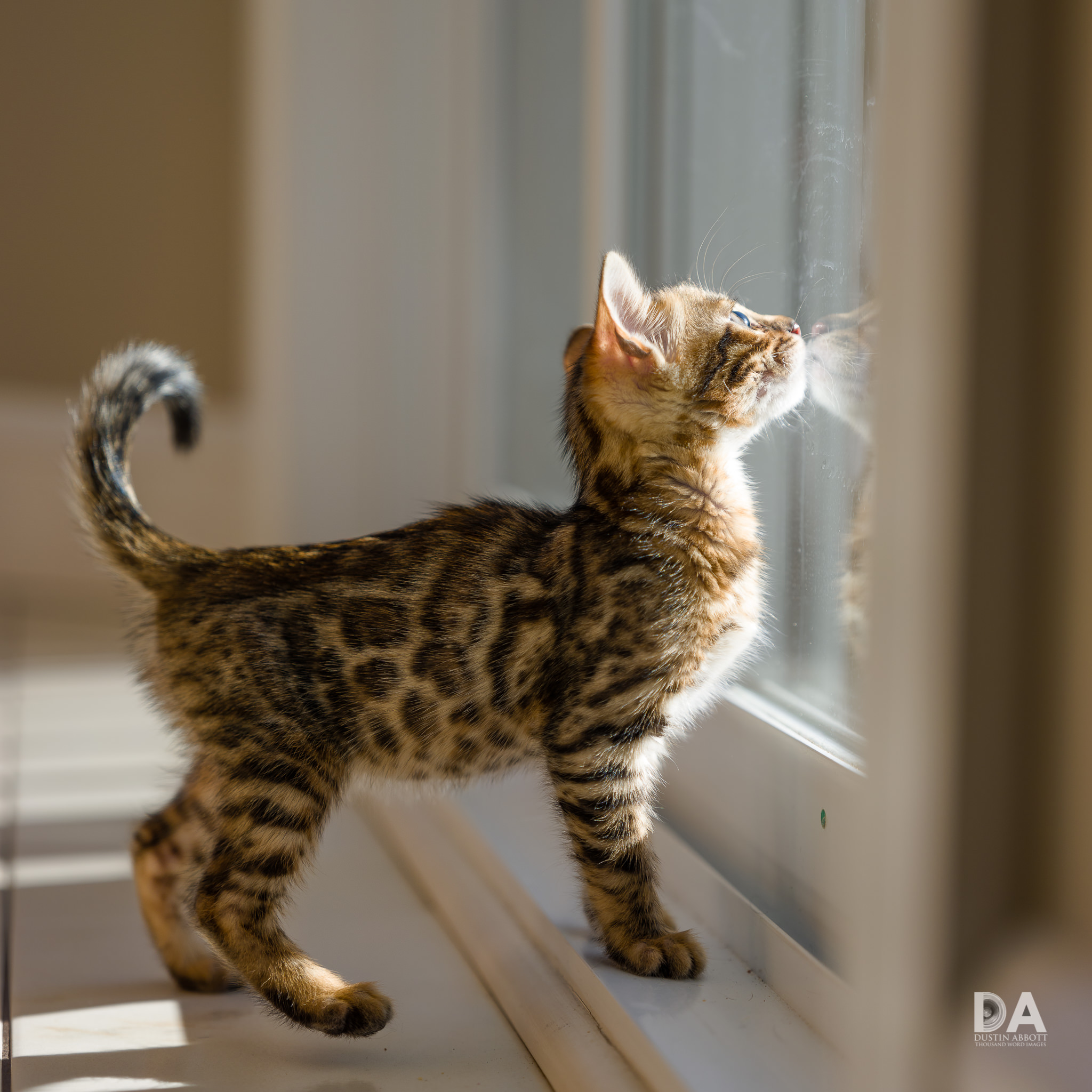
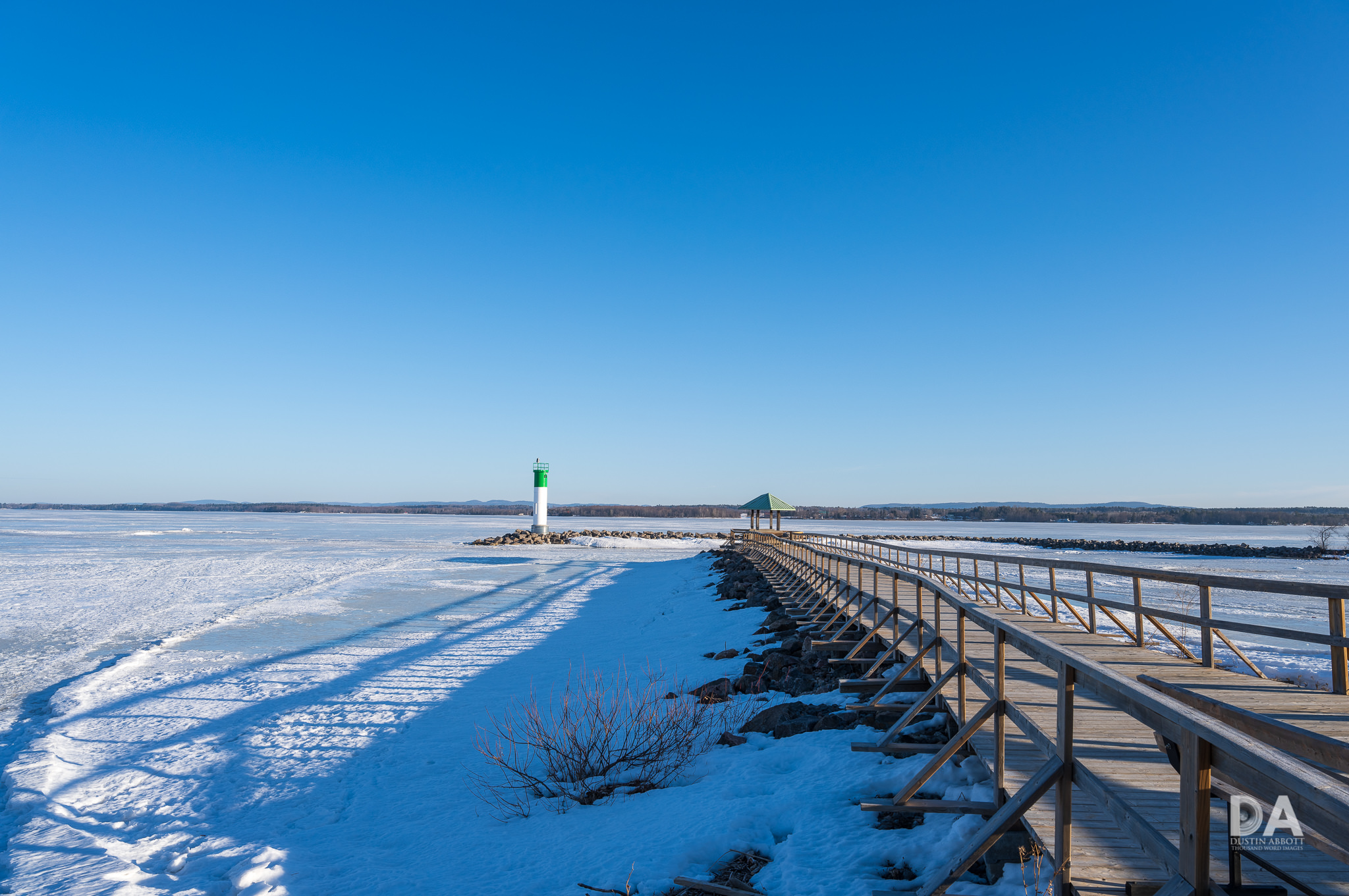
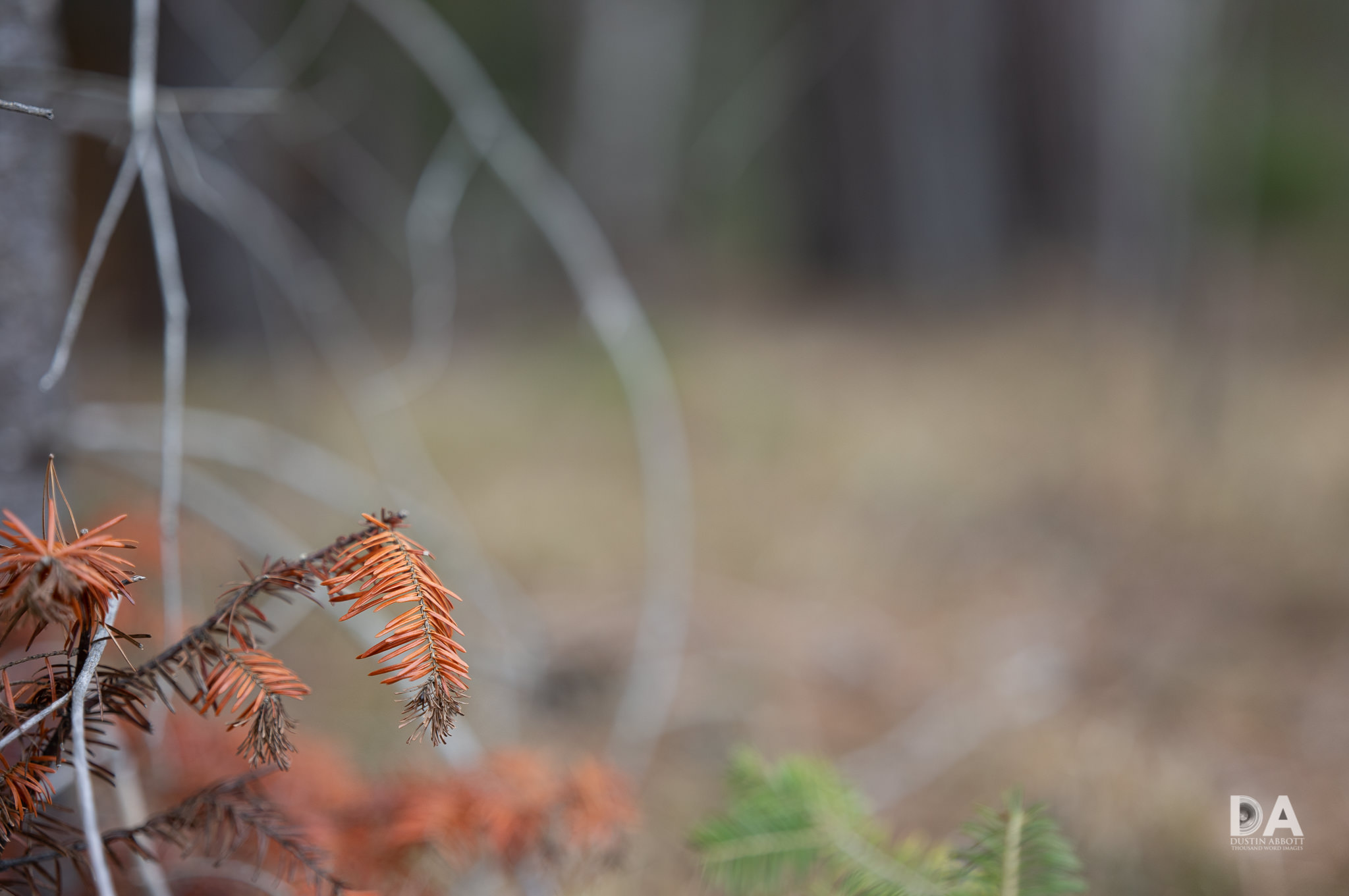




 GOOVIS ART Head Mounted Display Review
GOOVIS ART Head Mounted Display Review 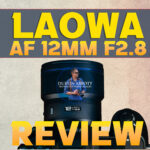 Laowa AF 12mm F2.8 Zero D Review (Z-Mount)
Laowa AF 12mm F2.8 Zero D Review (Z-Mount)  Nikkor Z 35mm F1.2 S Review
Nikkor Z 35mm F1.2 S Review  Kase AF 85mm F1.4 Review
Kase AF 85mm F1.4 Review 


